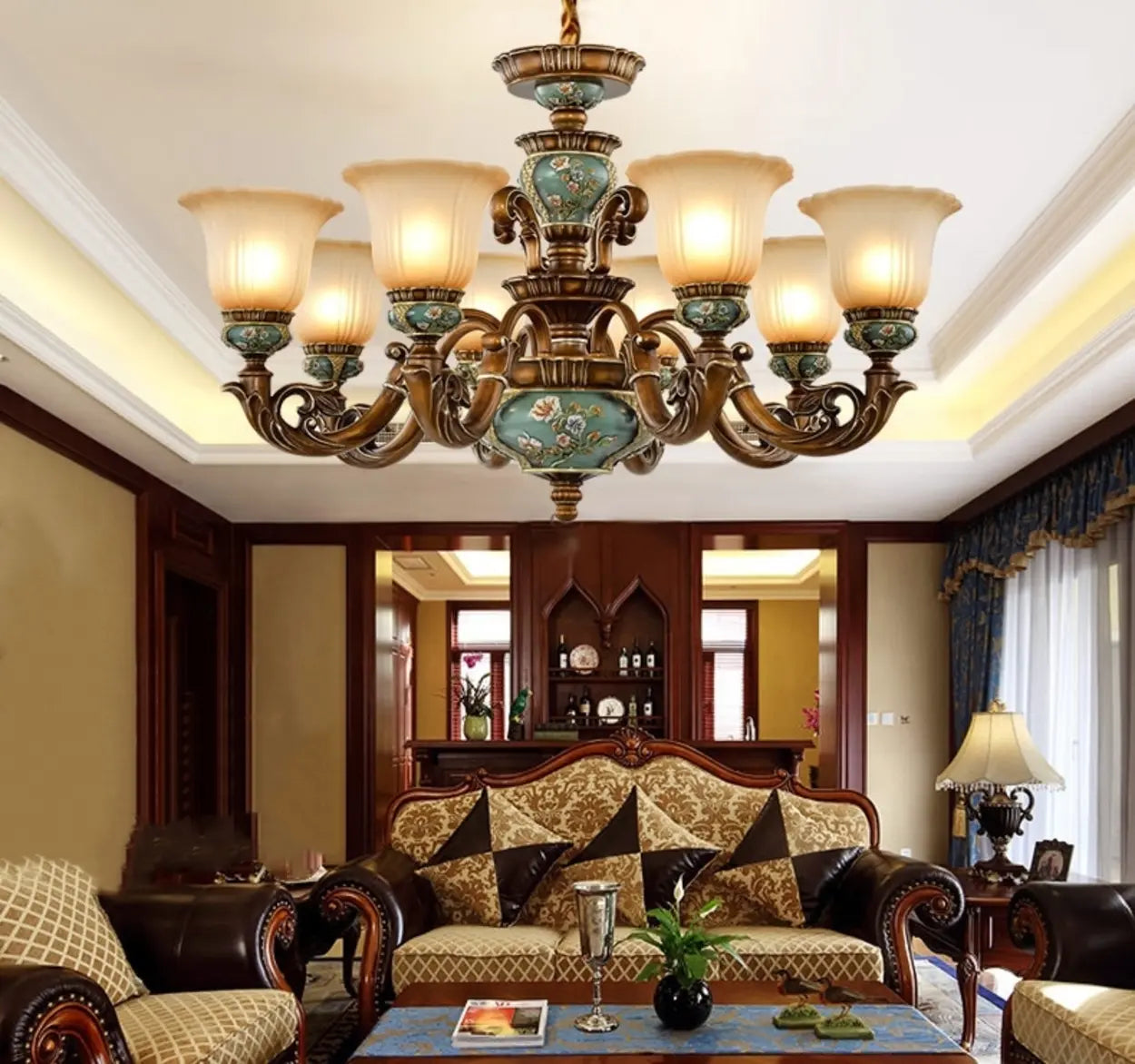Tempted to use a stylish end table as your nightstand? It's a great way to save space and money. But while they look similar, they're built for different jobs. Before you buy, let's break down the key differences in the end table vs nightstand, so you can choose the right piece for your bedroom.
1. Can an End Table Be Used as a Nightstand?
Let's get straight to the point: Yes, you can absolutely use an end table as a nightstand, but it is not always the best choice.
The decision comes down to a simple exchange: you are generally trading the practical storage of a nightstand for the style and lower cost of an end table.
- An end table works if: You are a minimalist who prioritizes aesthetics and only needs a surface for a lamp and a phone.
- A nightstand is better if: You value an organized, clutter-free space and need to store personal items within easy reach.
The right choice for you depends on how you evaluate the following five factors.

2. End Table vs Nightstand: The 5-Factor Checklist
Think of this as your decision-making guide. If an end table passes these five checks for your specific needs, buy it with confidence.
Factor 1: Height & Size
The most immediate practical difference is height. Each table is sized to match the furniture it sits beside.
- End Tables (22-26 inches tall): Designed to align with the arm of a standard sofa.
- Nightstands (23-29 inches tall): Designed to align with the top of a mattress.
The Action: Measure from your floor to the top of your mattress. An ideal bedside table should be within 2 inches of this height. Many end tables may be too short for higher, modern beds, forcing you to reach down awkwardly.
Factor 2: Storage
This is the most significant difference. Your choice here depends entirely on your lifestyle.
- End Tables: Prioritize open, minimalist design. They offer a surface and perhaps a single shelf, but almost never drawers. They are for display.
- Nightstands: Prioritize storage. They are designed with drawers and cabinets specifically to hide the clutter of bedside life-chargers, medications, glasses, books, and tissues.
The Action: Take inventory of everything you keep by your bed. If your list is longer than three items, you will be much happier with the organizational power of a nightstand.

Factor 3: Style & Design
Each piece is designed with a different aesthetic goal in mind.
- End Tables: Are "accent pieces." They are meant to be eye-catching and can be bold, artistic, or unusual to add personality to a living room.
- Nightstands: Are "bedroom furniture." They are designed to blend in and create a calm, cohesive environment, often matching the bed frame or dresser.
The Action: Decide if you want your bedside table to be a statement piece or a quiet part of a matching set. A brightly colored, geometric end table might look fantastic in a living room but create a distracting focal point in a serene bedroom.
Factor 4: Durability & Lifespan
How a table is used determines how it's built.
- End Tables: Built for lighter, occasional use. They hold a drink or a book and are expected to last 5-8 years with normal use.
- Nightstands: Built for heavy, daily use. Their drawers are opened and closed constantly, and they hold more weight. They are typically made from sturdier materials to last 10-15 years or more.
The Action: If you are looking for a long-term furniture investment, a well-built nightstand offers better value and durability.
Factor 5: Price & Budget
Generally, end tables are less expensive due to their simpler construction and materials.
| Category | End Tables | Nightstands |
| Budget | $50-150 | $100-250 |
| Mid-range | $150-400 | $250-500 |
| High-end | $400+ | $500+ |
3. The Final Verdict: Which One Should You Buy?
So, end table vs night stand, what's the bottom line?
You should buy an end table to use as a nightstand if: You are a true minimalist, your bed is low-profile, and your primary goal is to find a stylish, budget-friendly piece that provides a simple surface. You despise clutter and don't keep many items by your bed.
You should buy a nightstand if: You value organization, convenience, and long-term durability. You need a place to store personal items out of sight and want a piece of furniture that is perfectly scaled to your bed and built to last. For most people, this is the superior choice.
FAQ
What is the difference between an end table and a nightstand?
What is the difference between an end table and a nightstand?
End Tables are versatile and often used in living areas, offering surface space. Nightstands are bedroom-specific, usually taller, and include drawers for storage. Though similar in looks, they serve different functions.
Can a nightstand work as an end table?
Can a nightstand work as an end table?
While it's fine for temporary use, it's not recommended for long-term use. Side tables are typically placed in the living room. While bedside tables are primarily used to store bulky personal items, and would be out of place in the living room.
Should a nightstand be higher or lower than a bed?
Should a nightstand be higher or lower than a bed?
A nightstand should be within 2-3 inches of your mattress height for easy access and visual balance. Measure from floor to mattress top, not the frame.
What is the best height for an end table?
What is the best height for an end table?
Match your End Table height to your sofa arms, ideally 22-26 inches. Stay within 2 inches above or below for comfort and good proportions, especially if placing a lamp.
What if I don't have room for a nightstand?
What if I don't have room for a nightstand?
Try wall-mounted shelves, C-shaped tables, or narrow consoles. Even stools or over-bed trays can work. Focus on what you need most, like lighting or charging space.

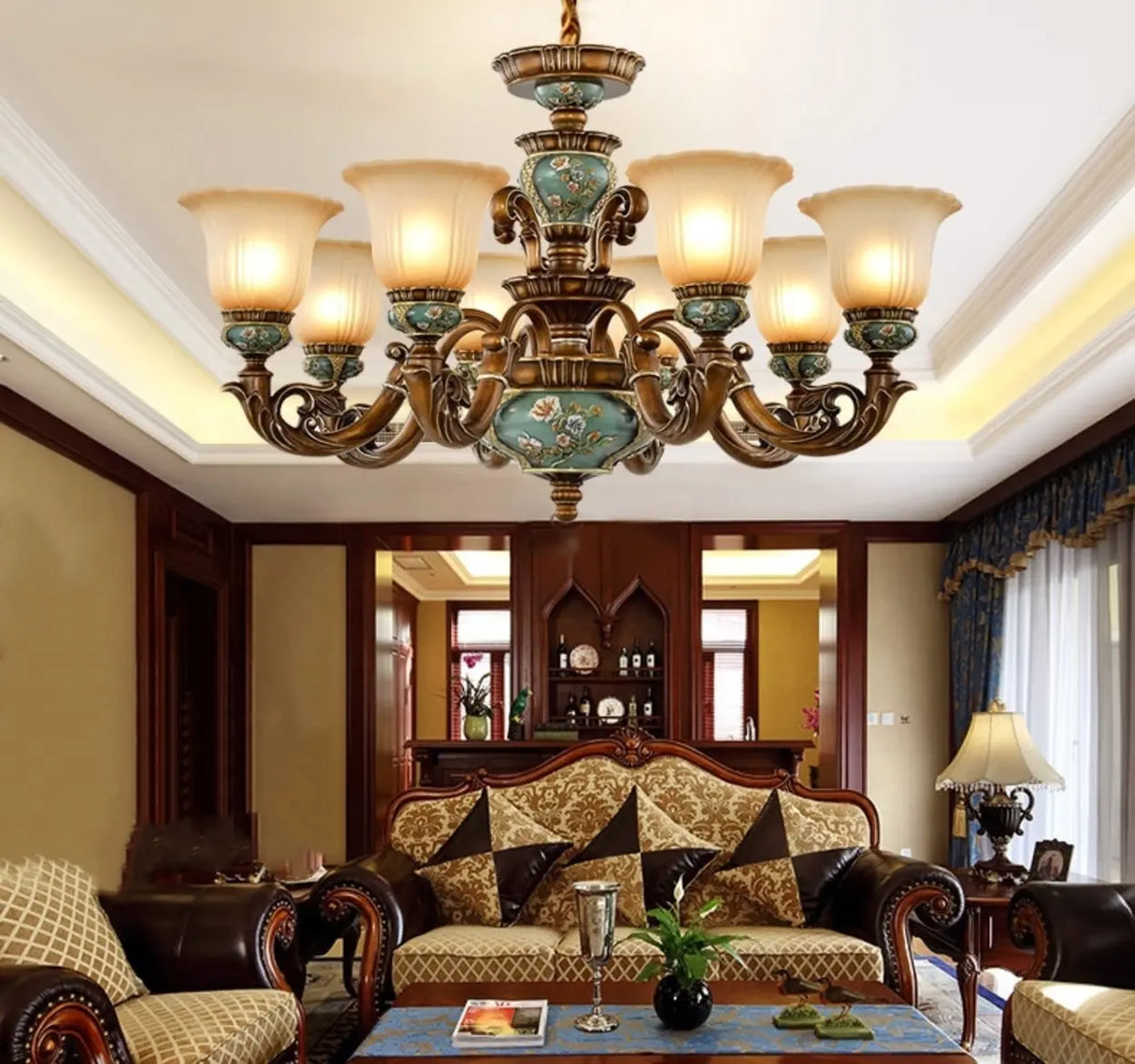
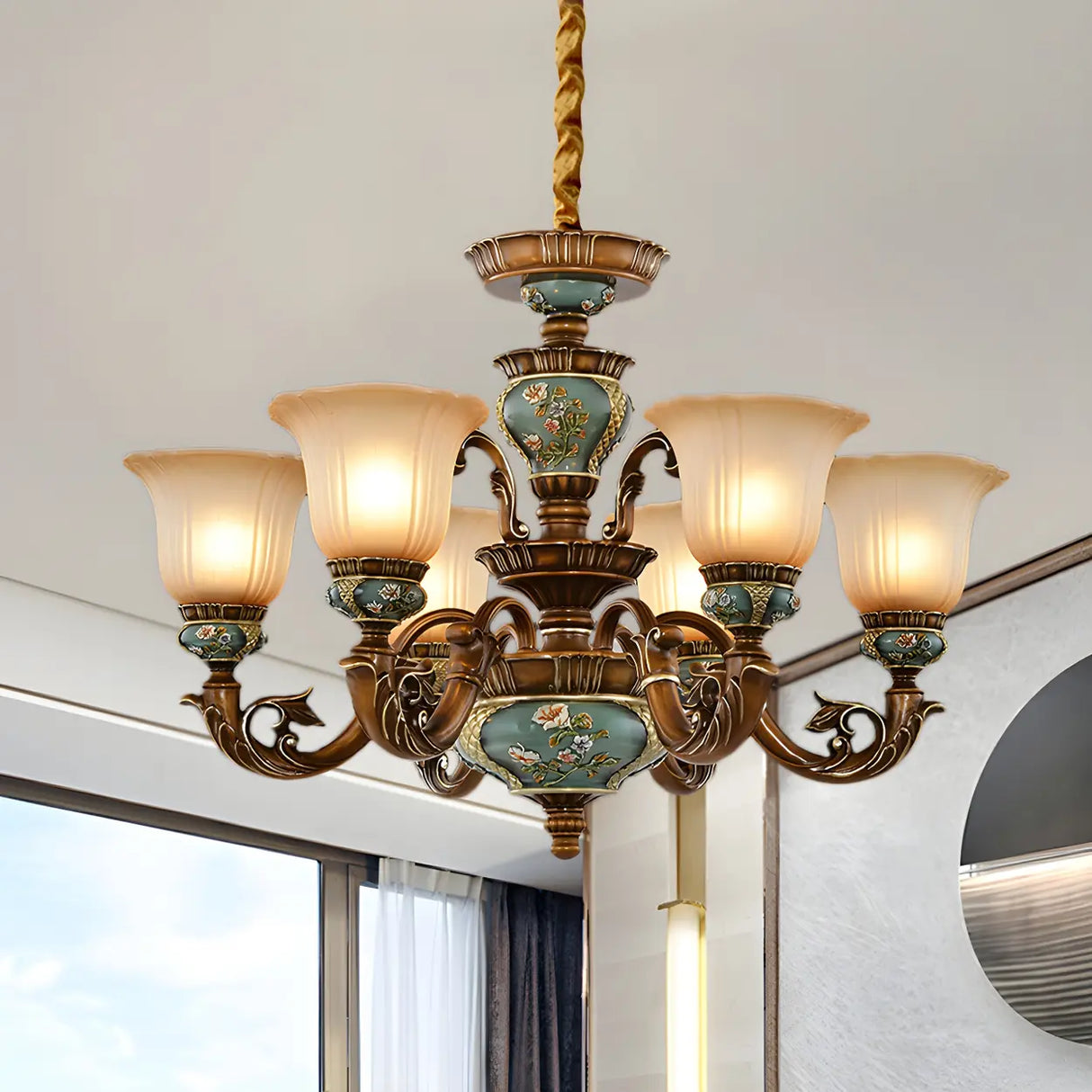
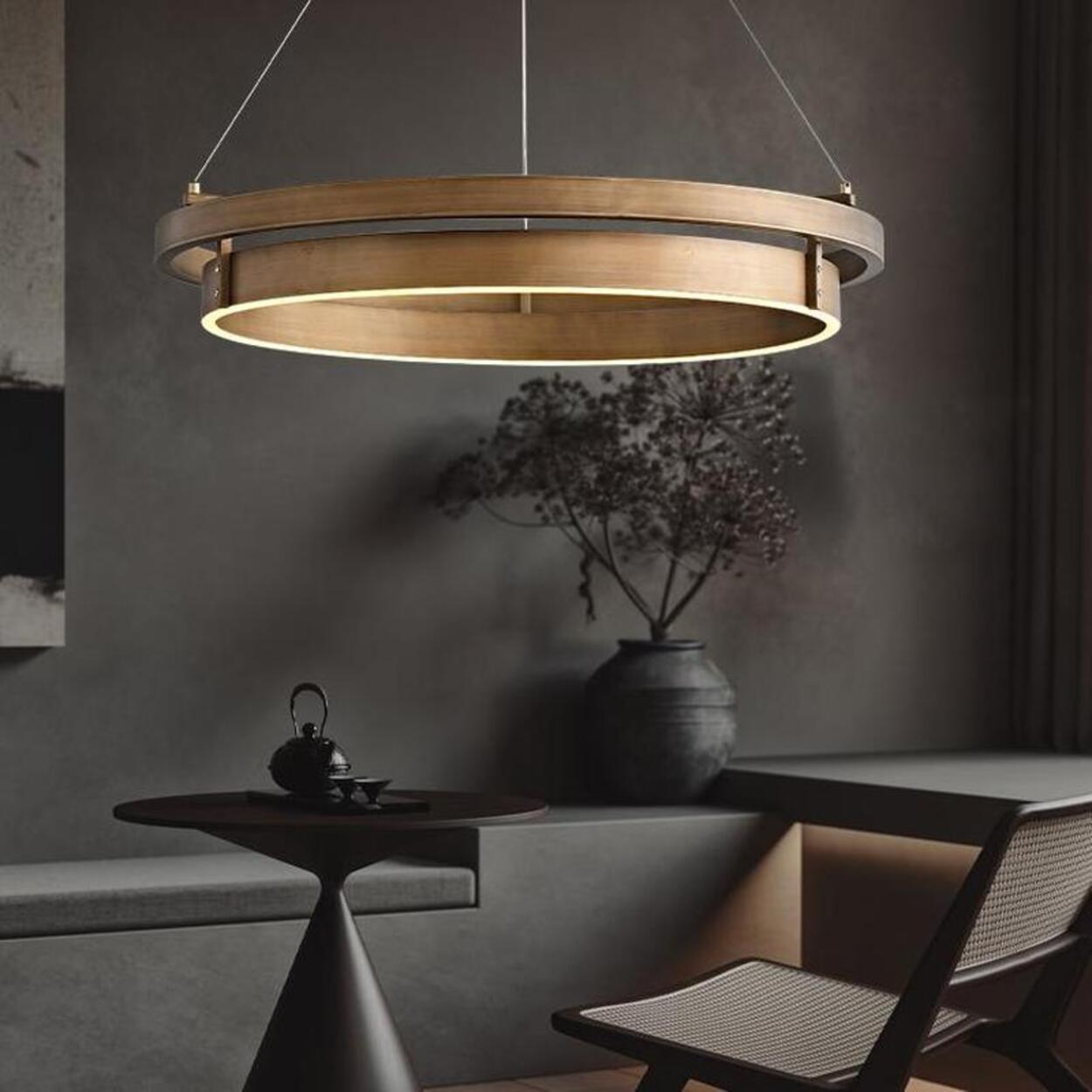
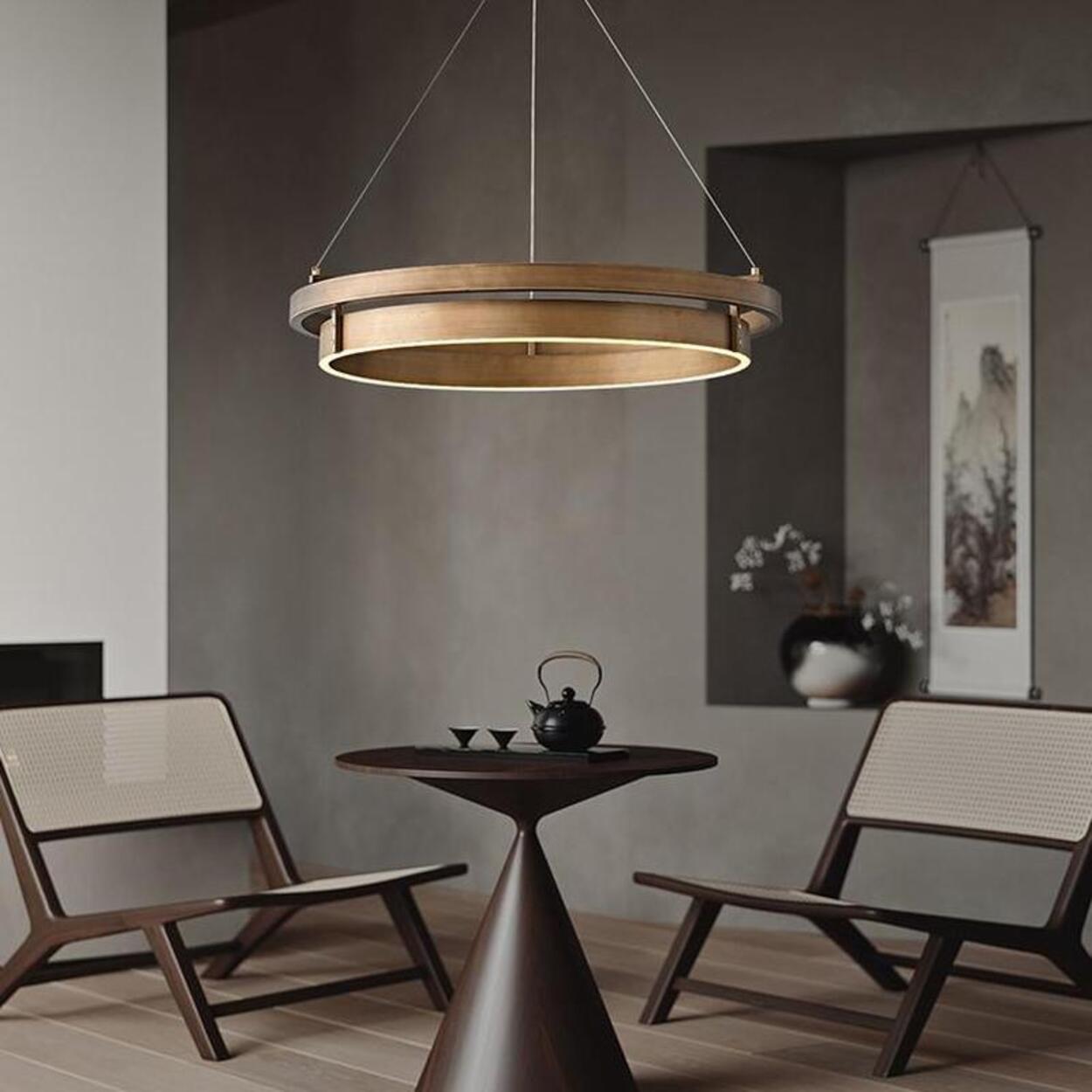
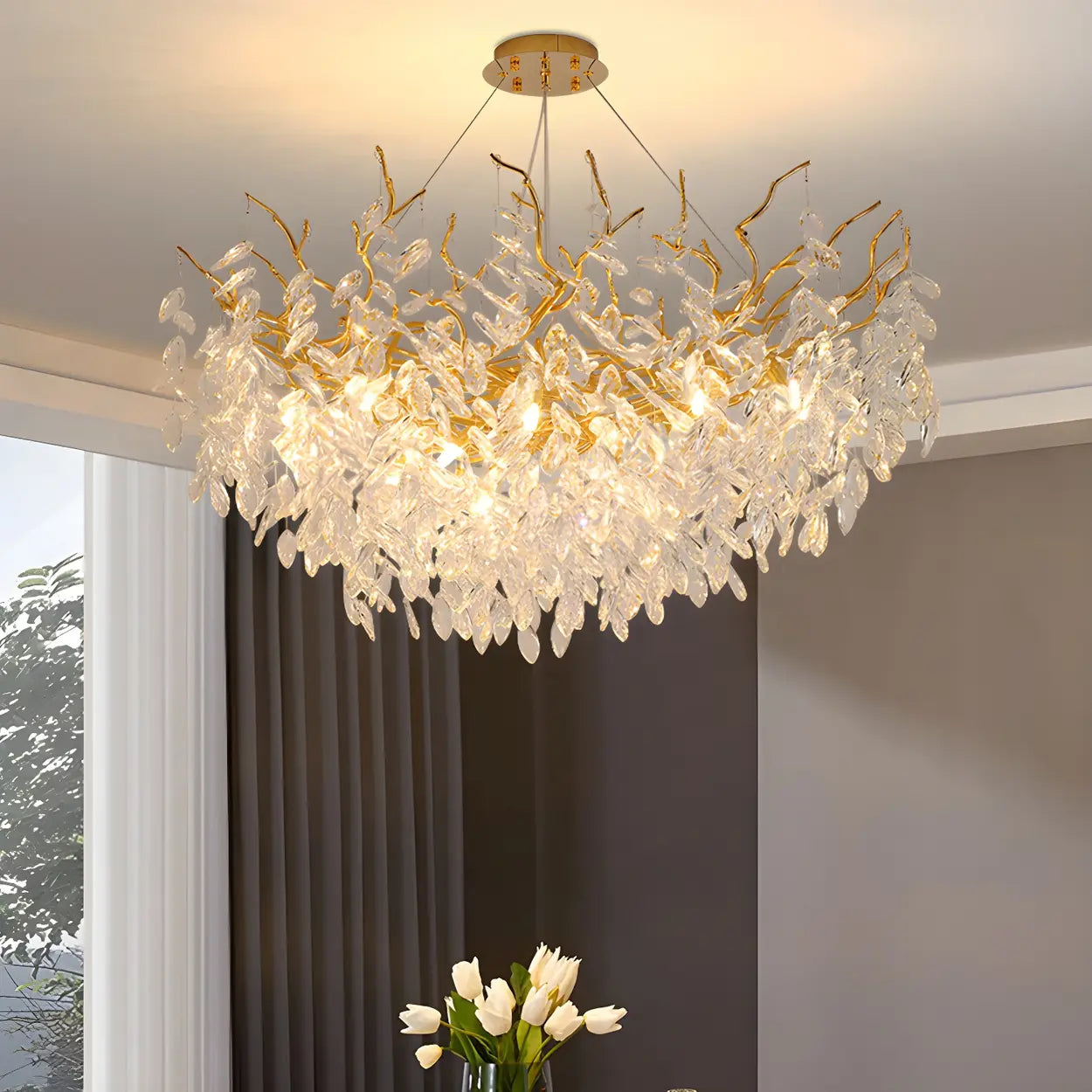
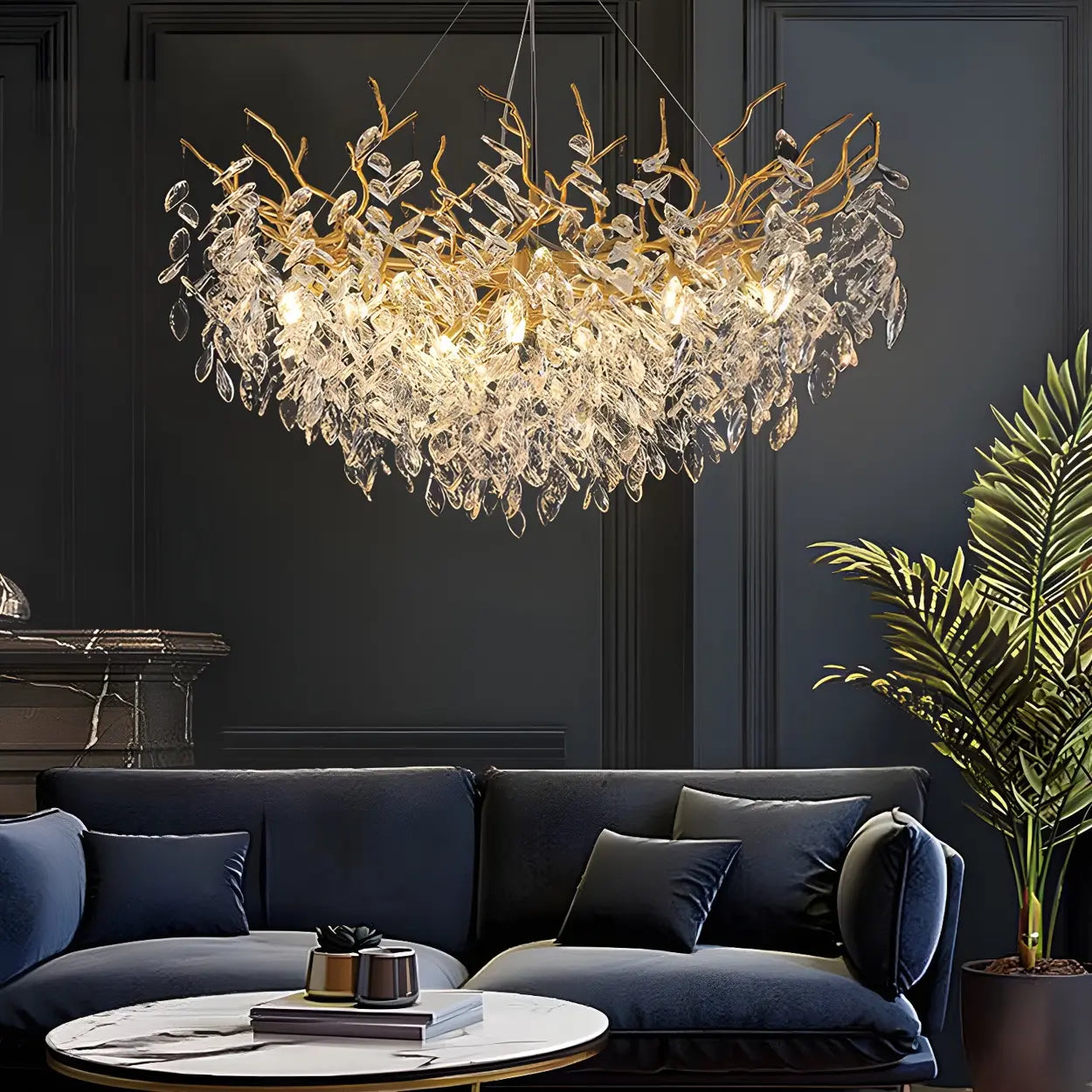
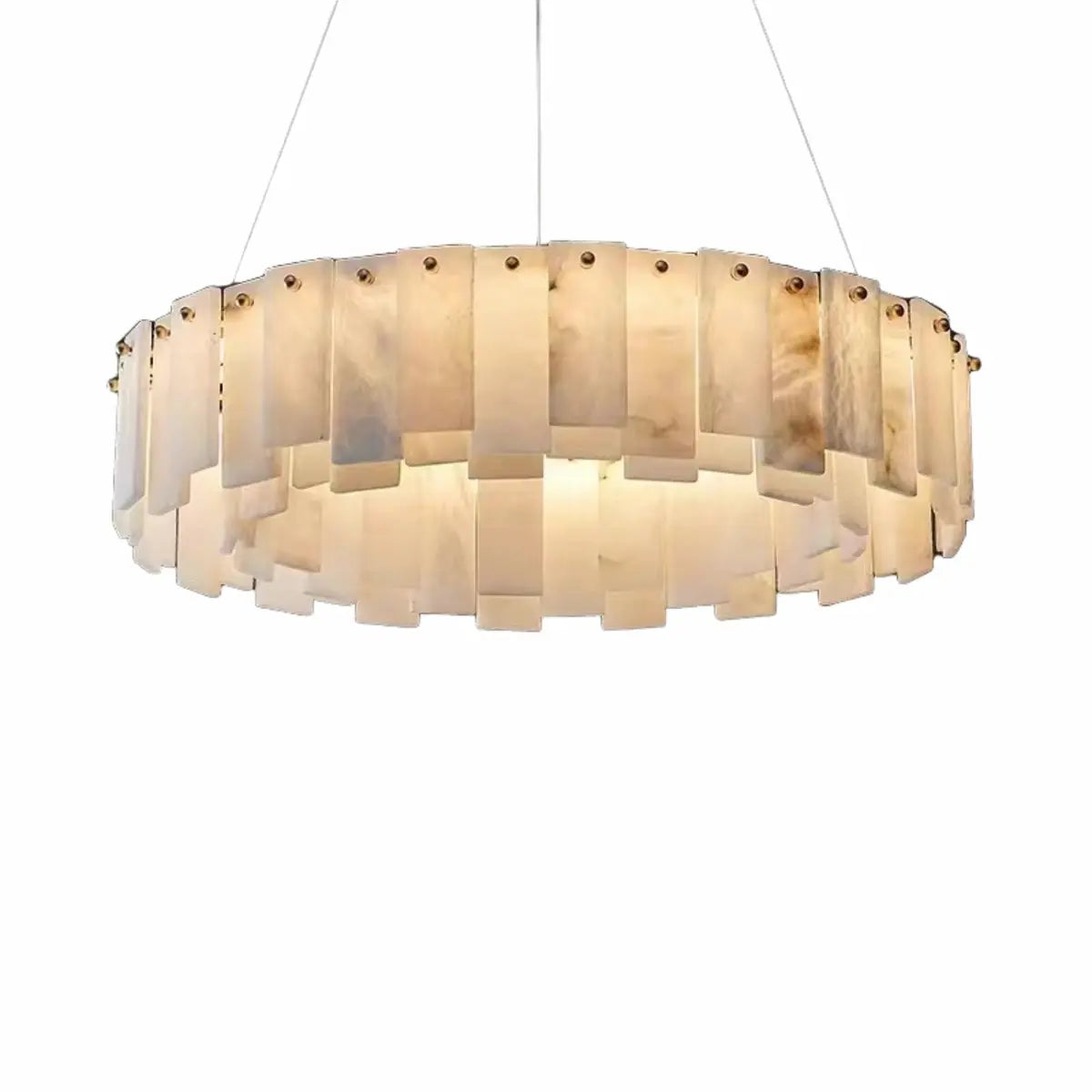
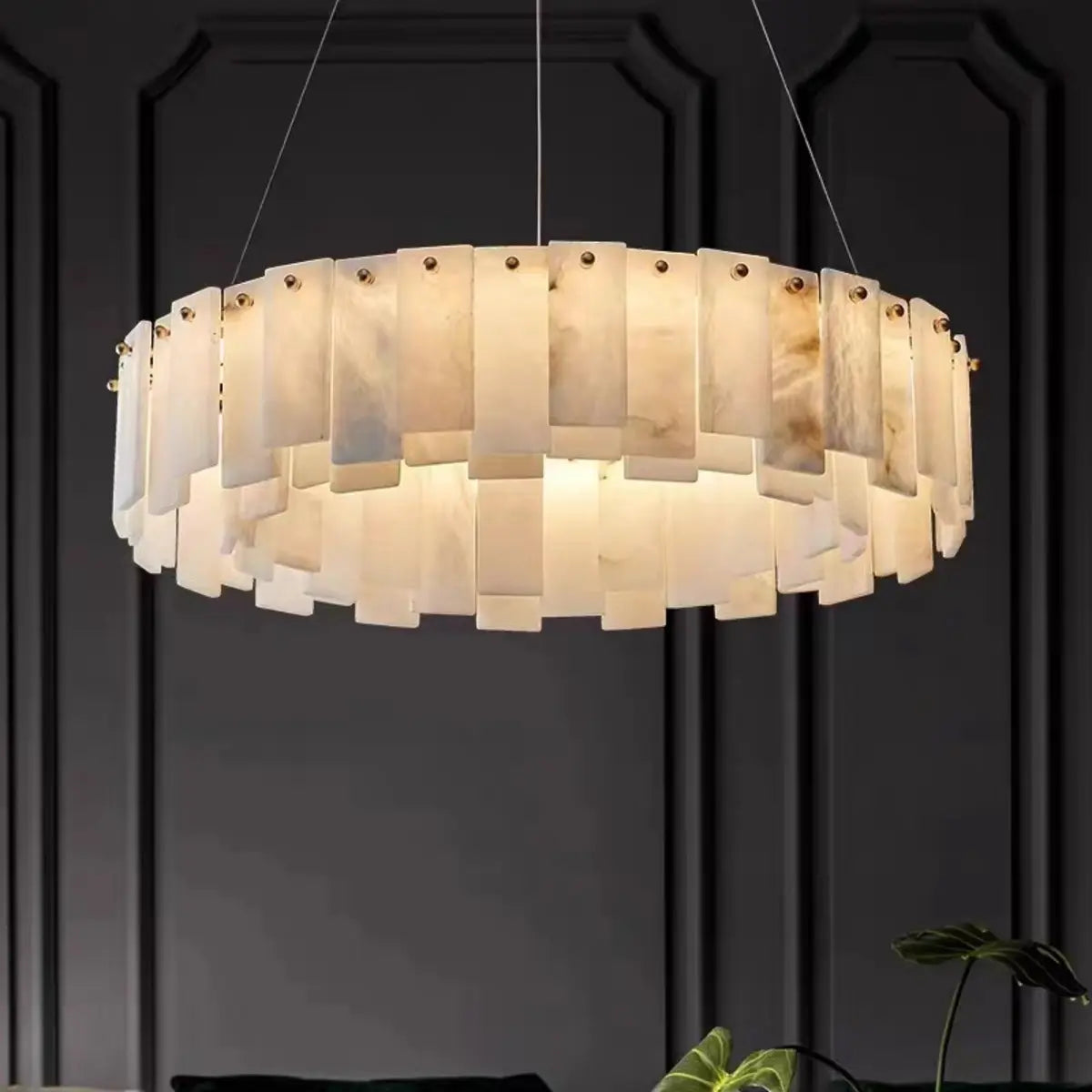
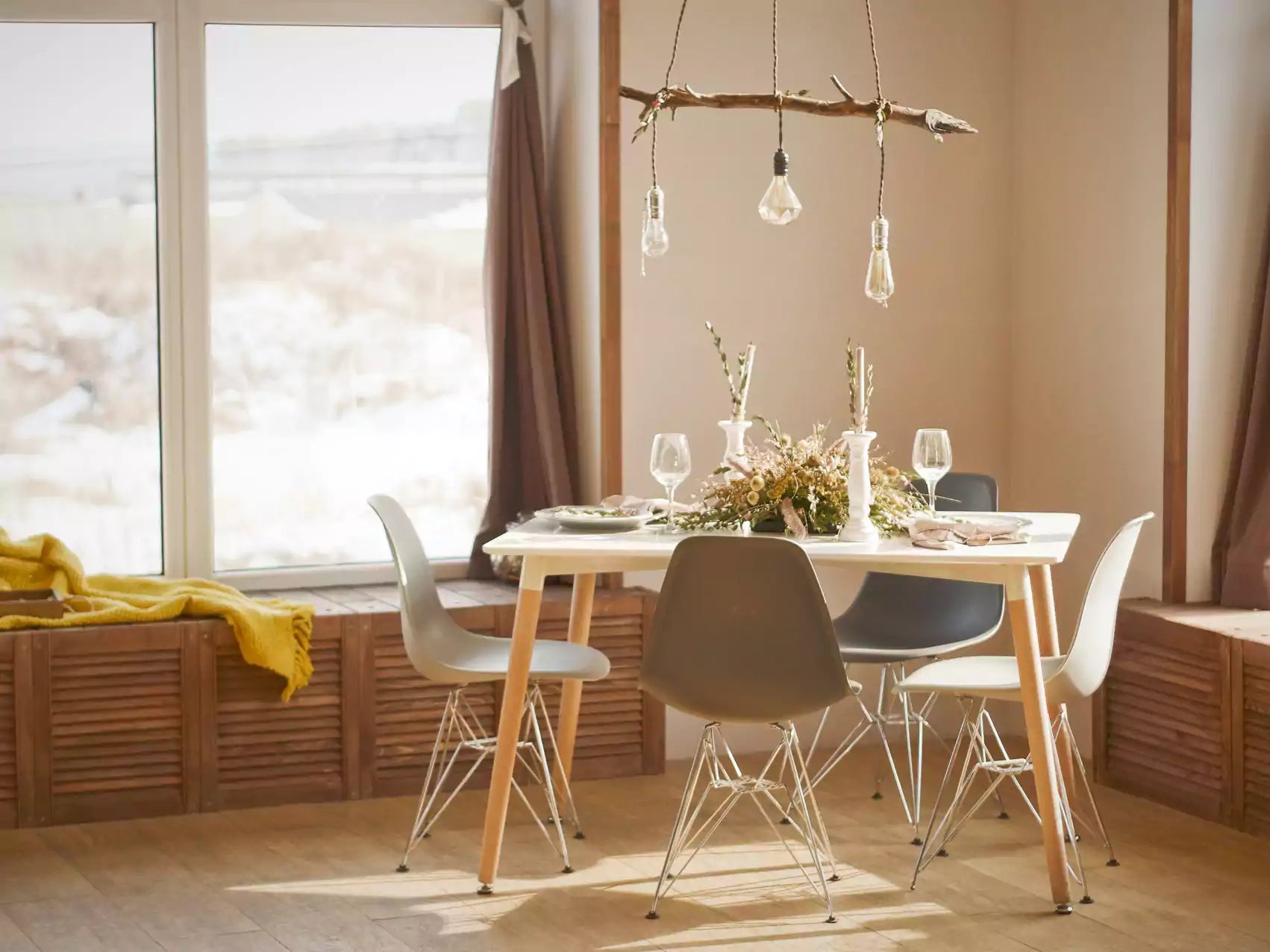
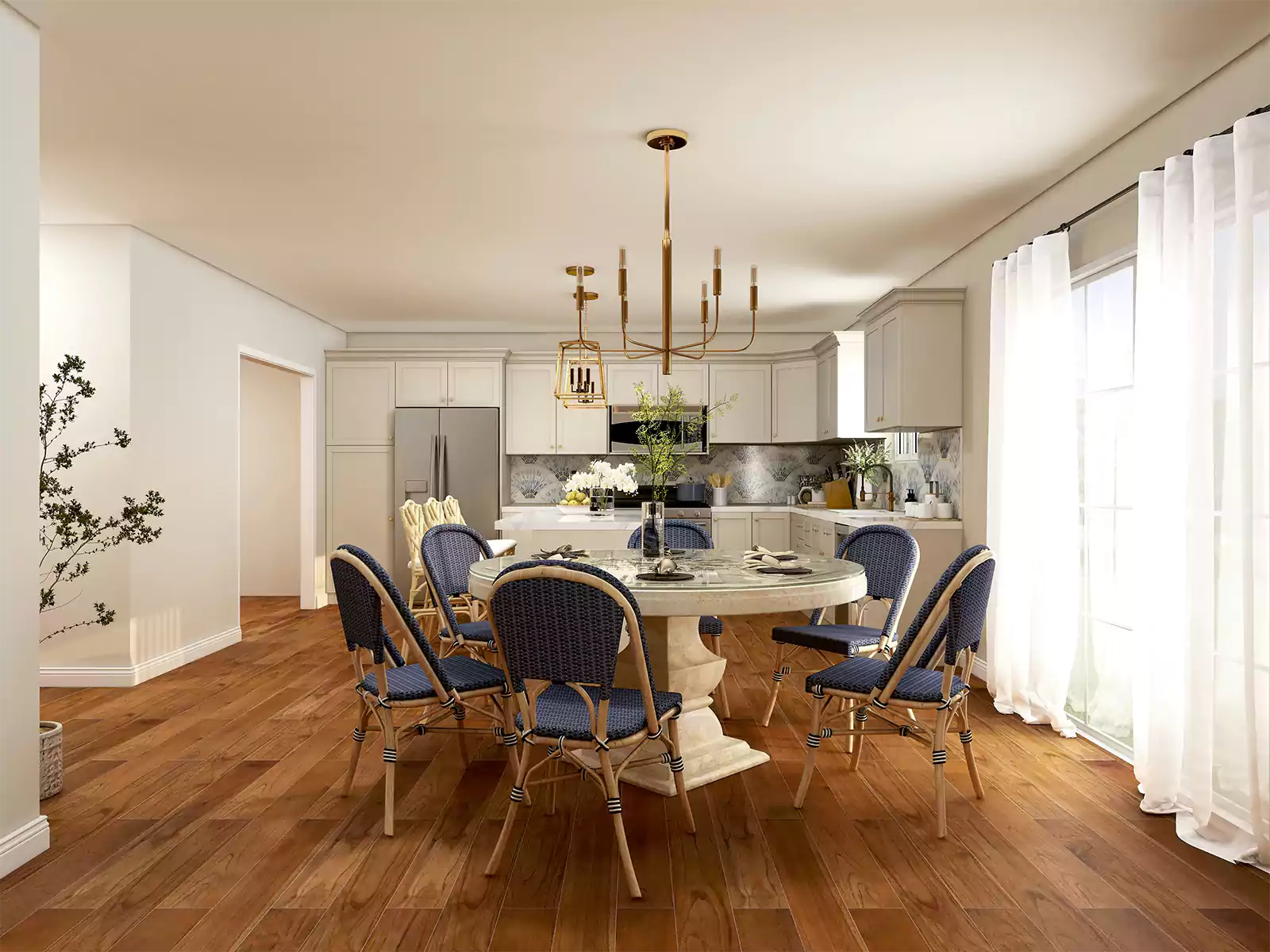
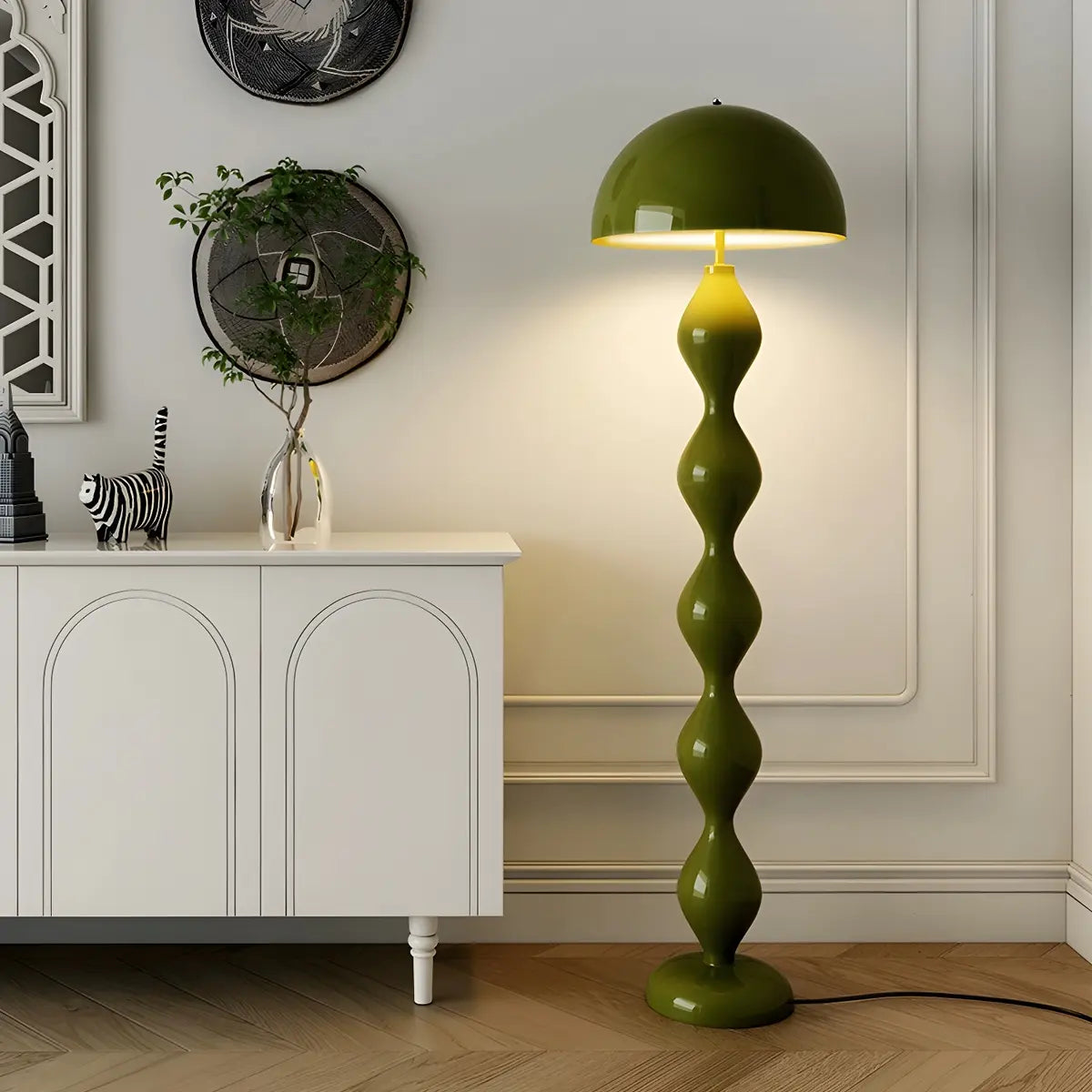
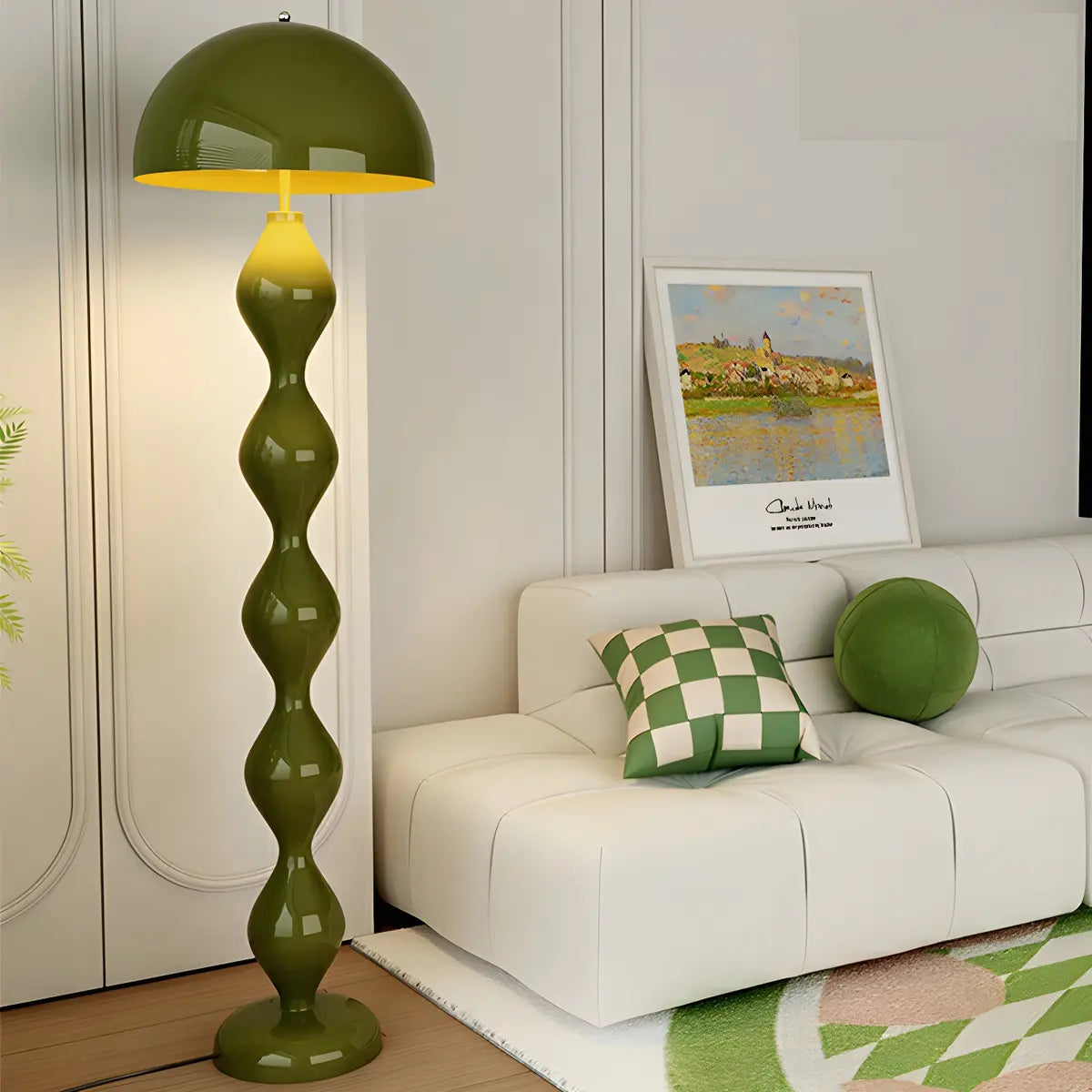
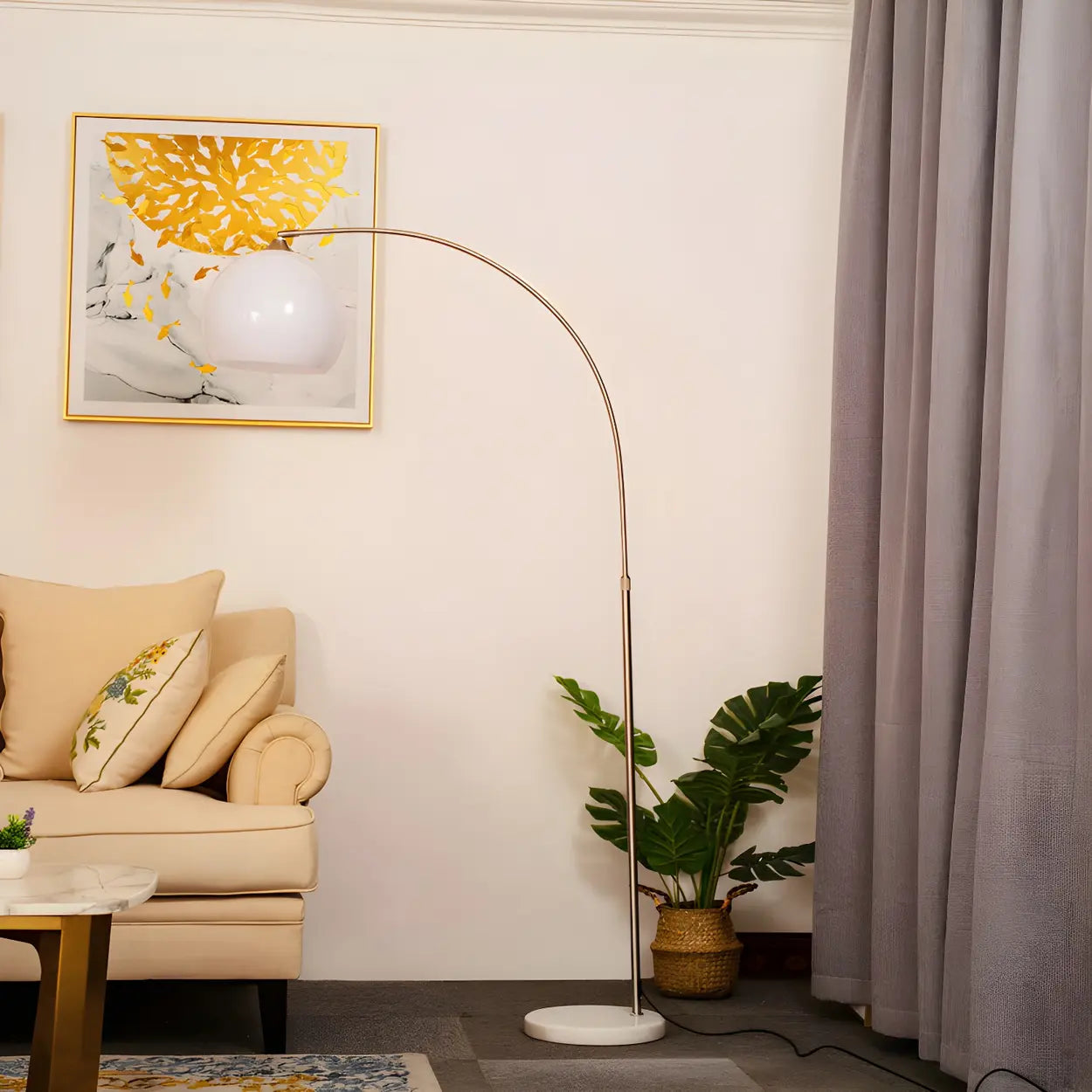
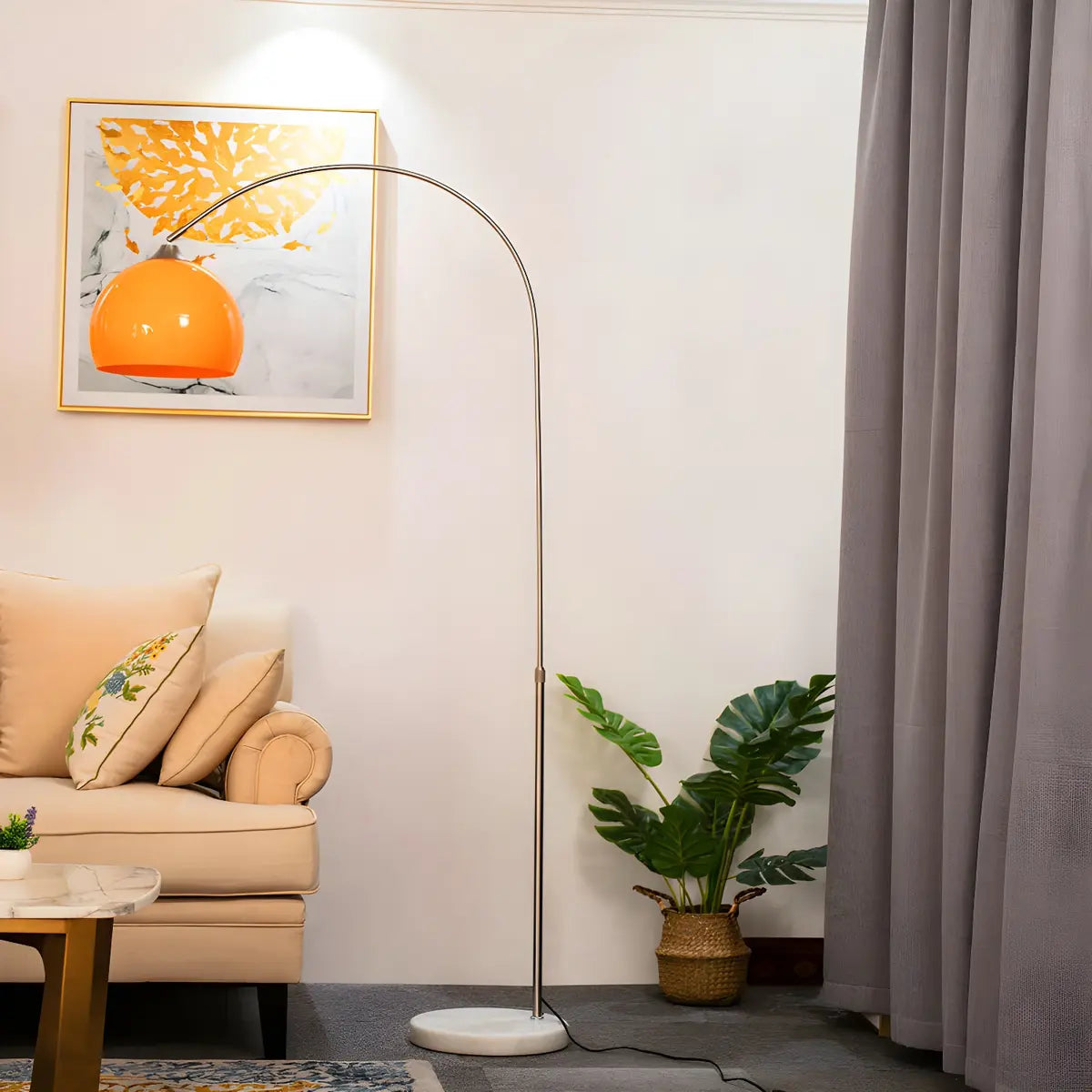

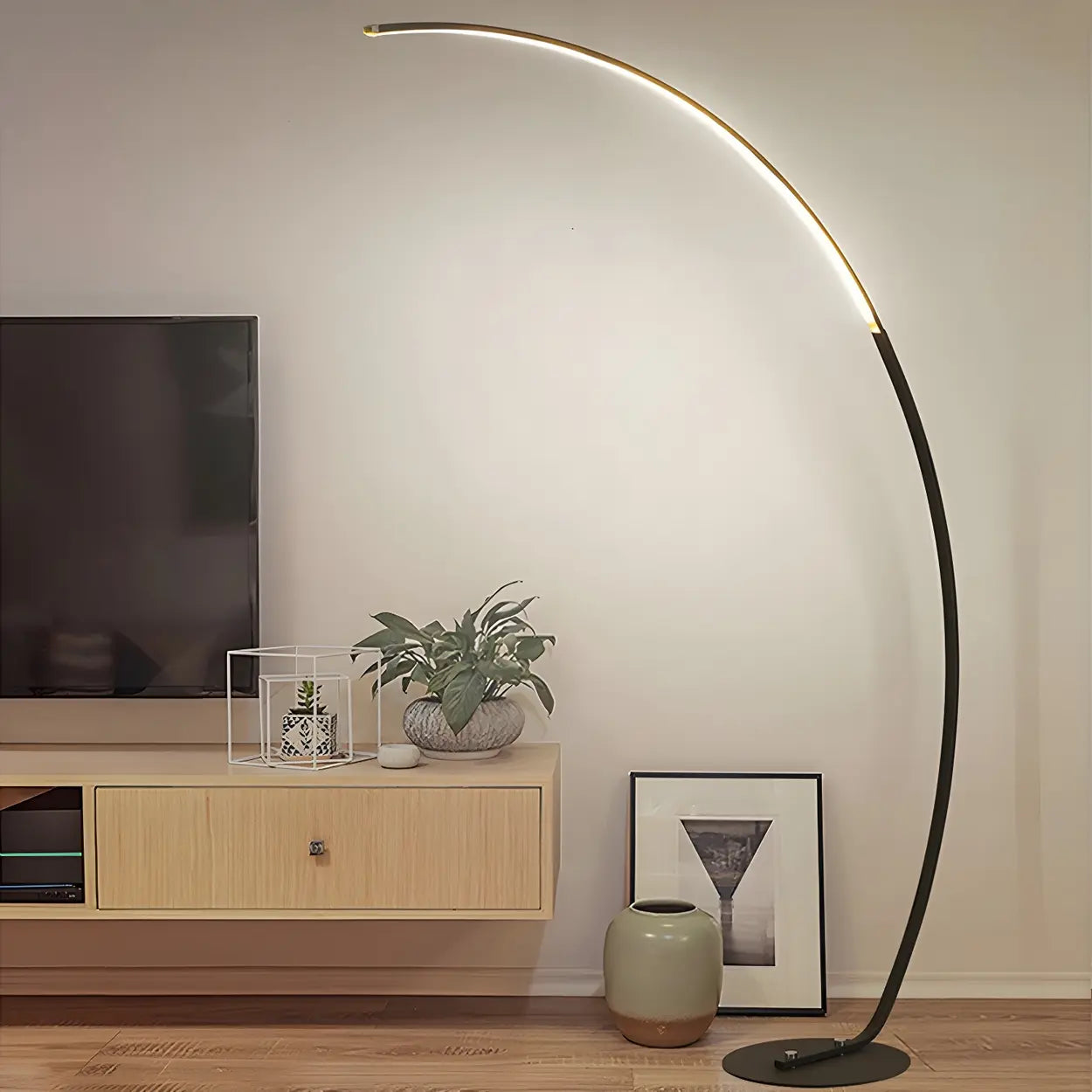
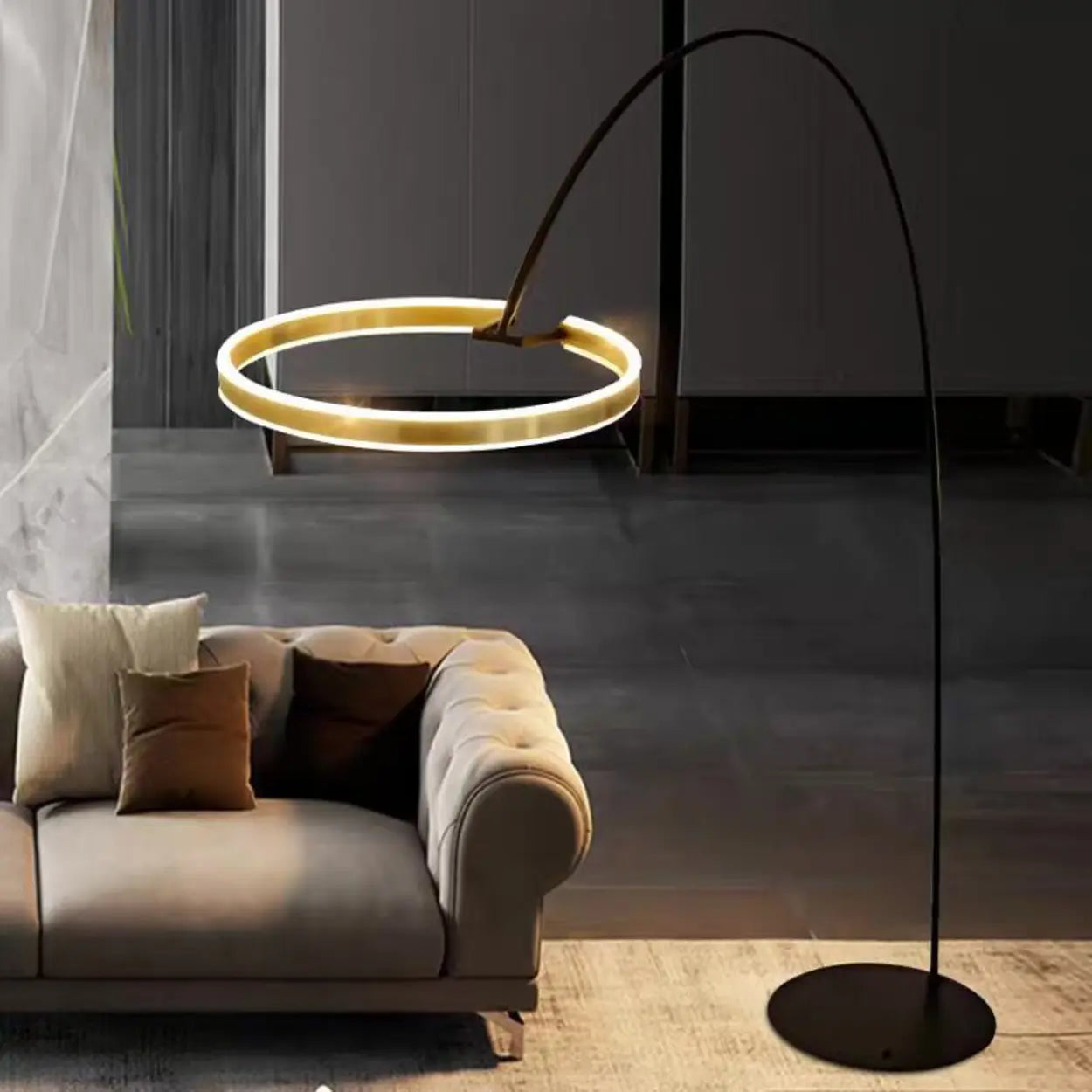
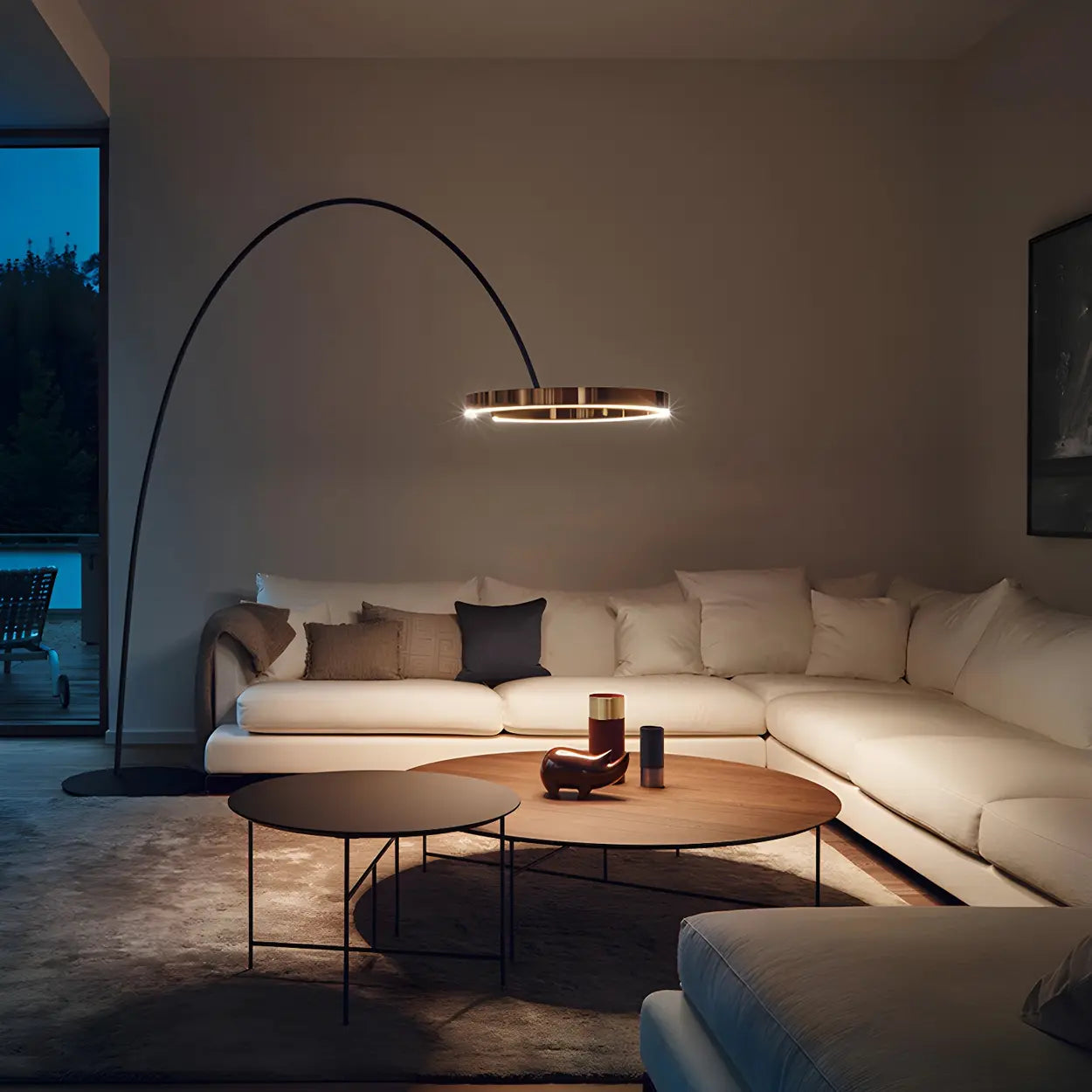
![10 Best Floor Lamp for Reading [2025 Review]](http://www.homebaa.com/cdn/shop/articles/banner_c990b0a4-4743-4902-b6be-5609f7a21a90.webp?v=1747357941)


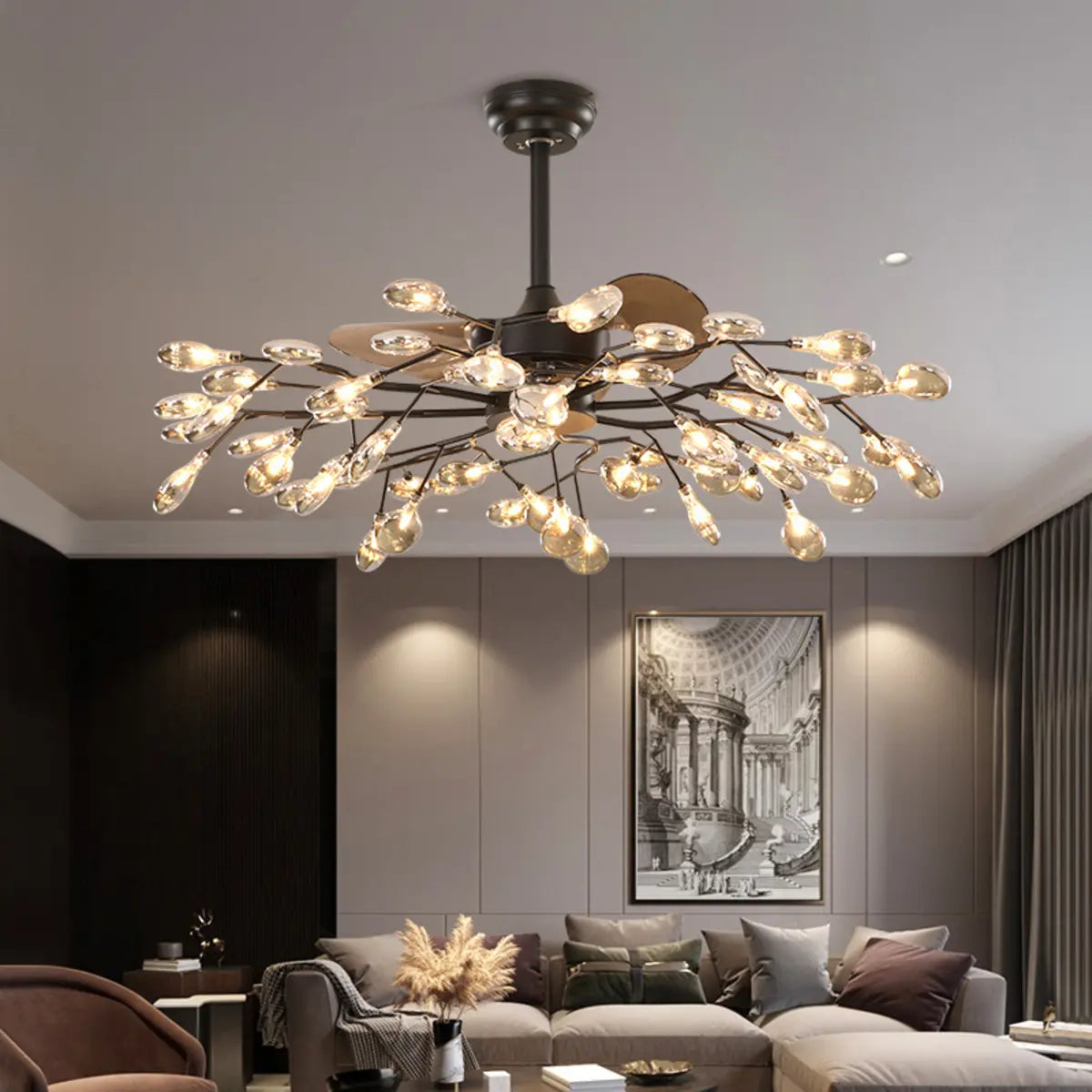
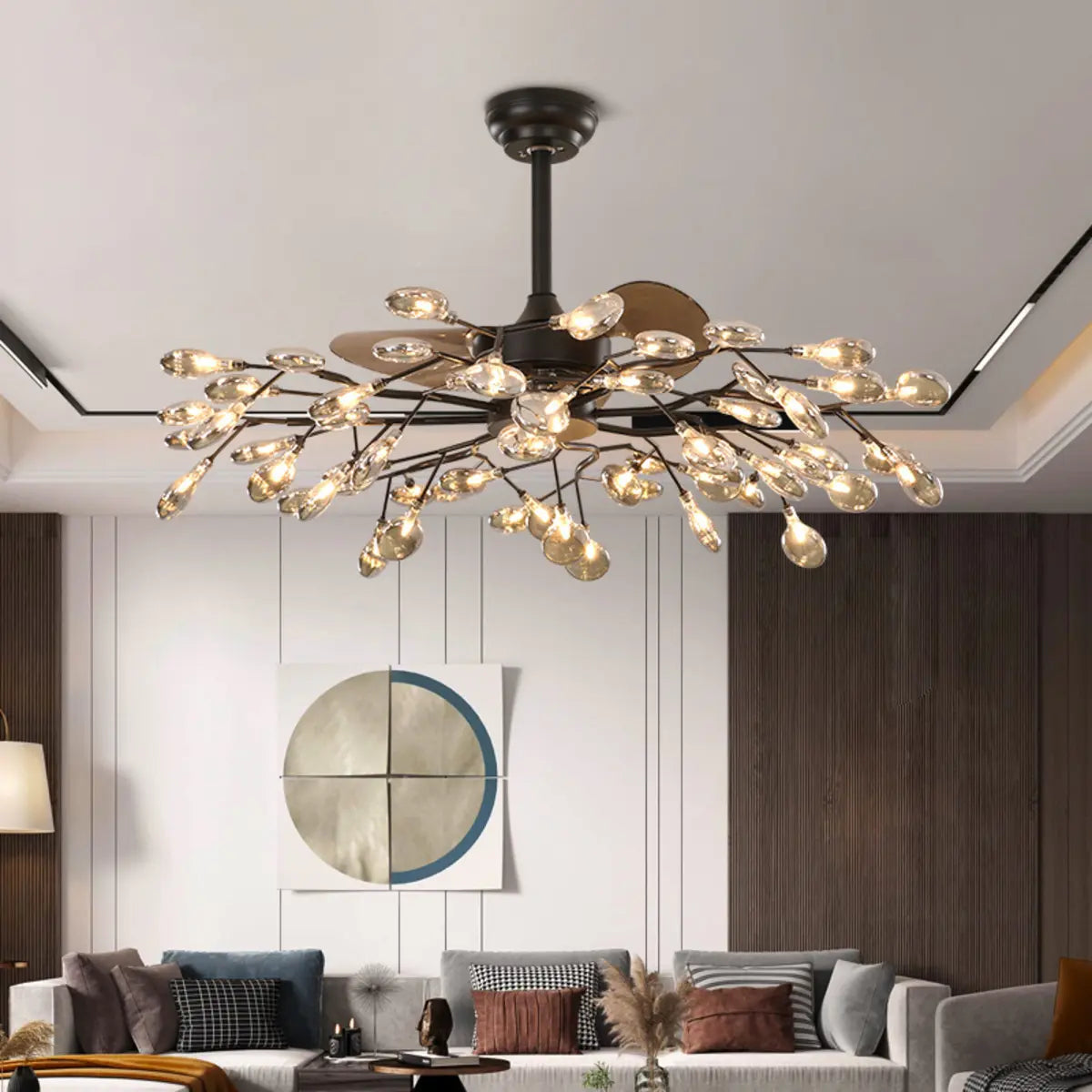
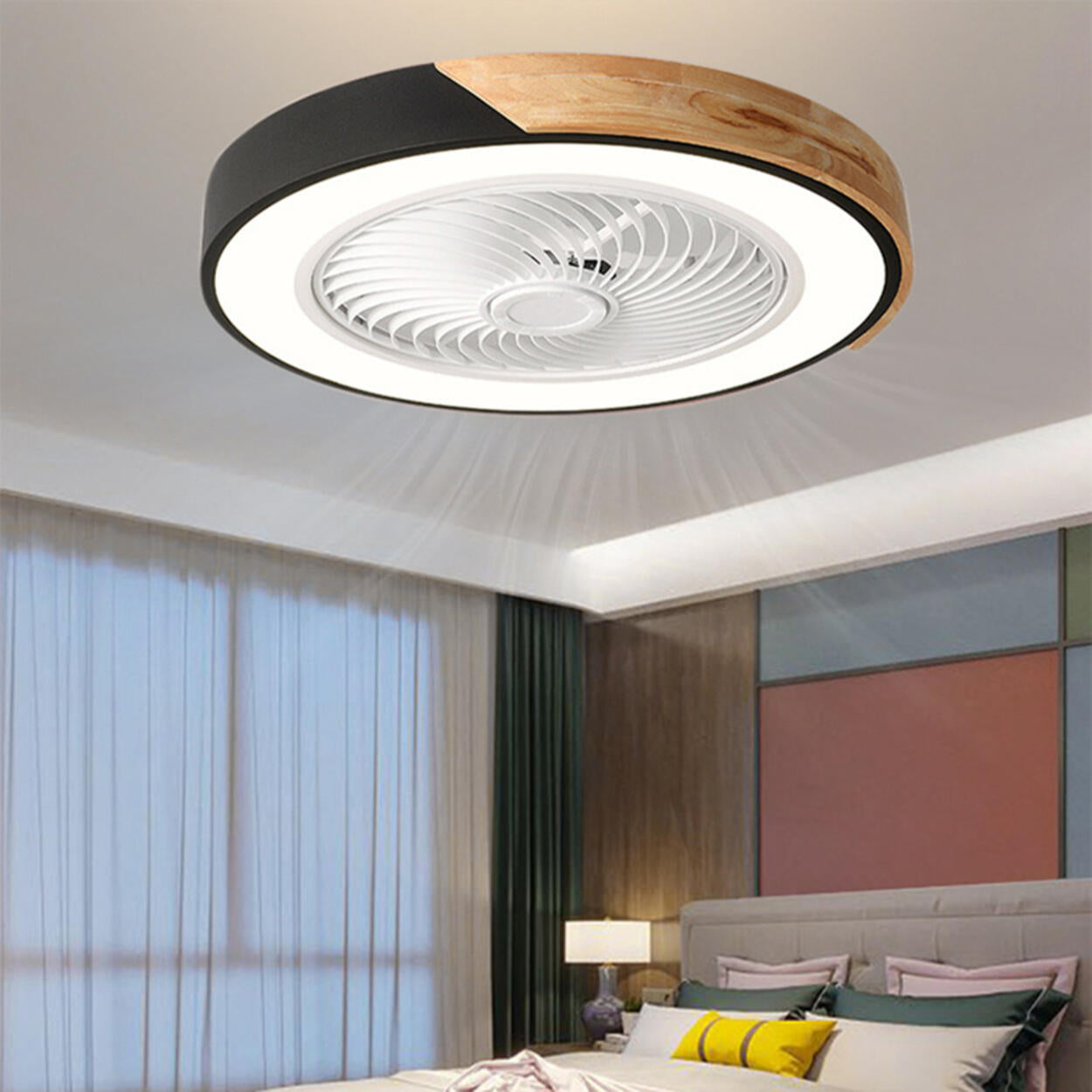
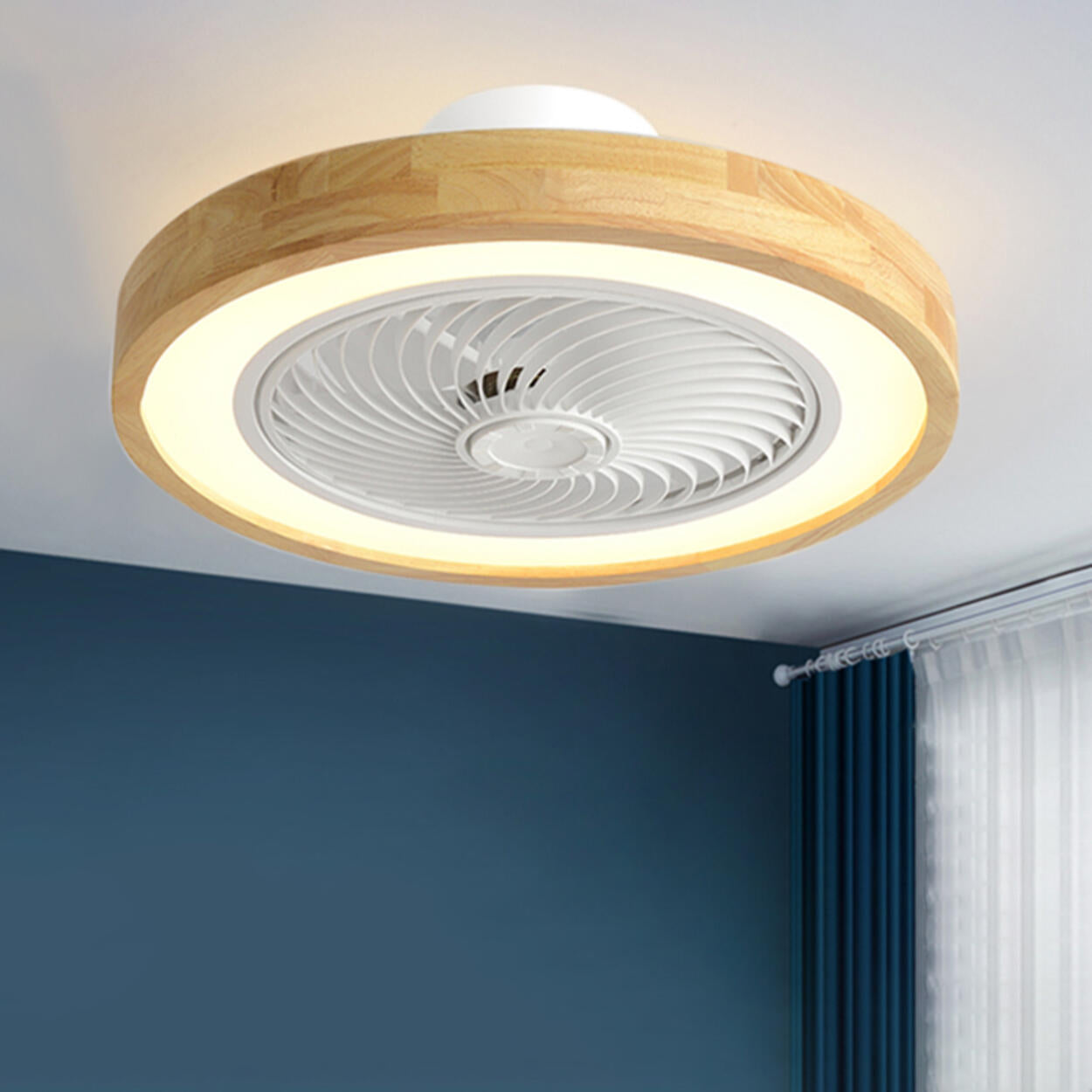


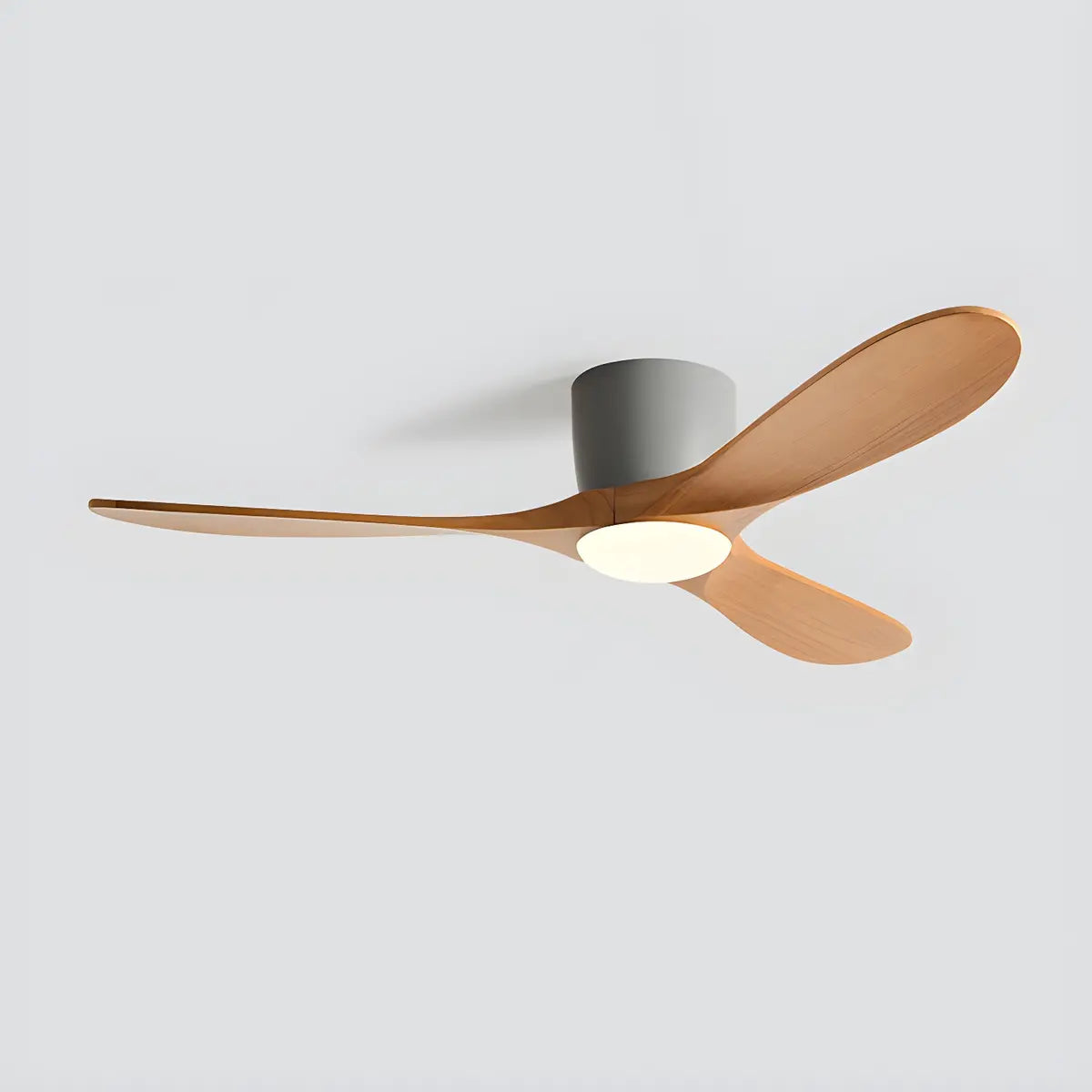
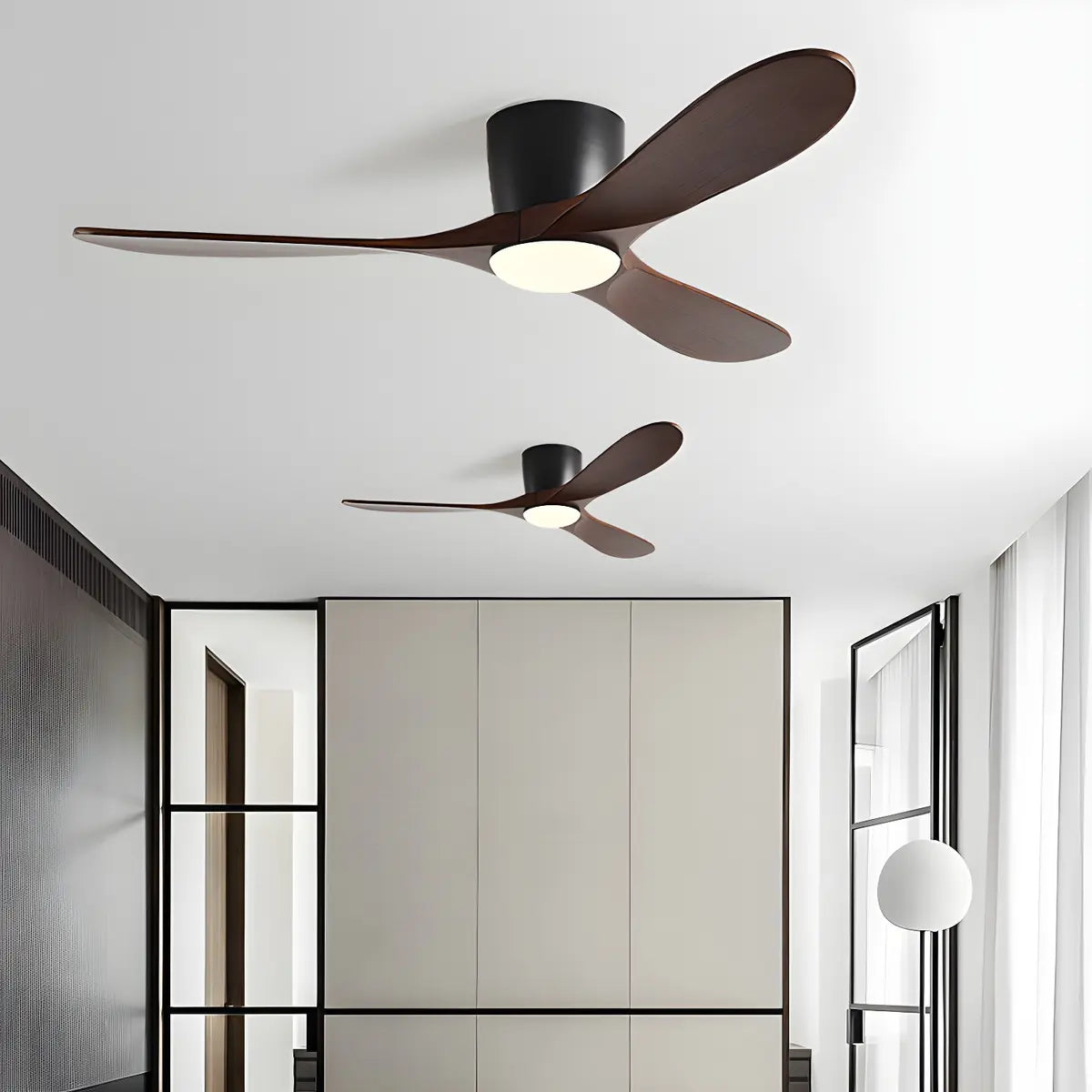
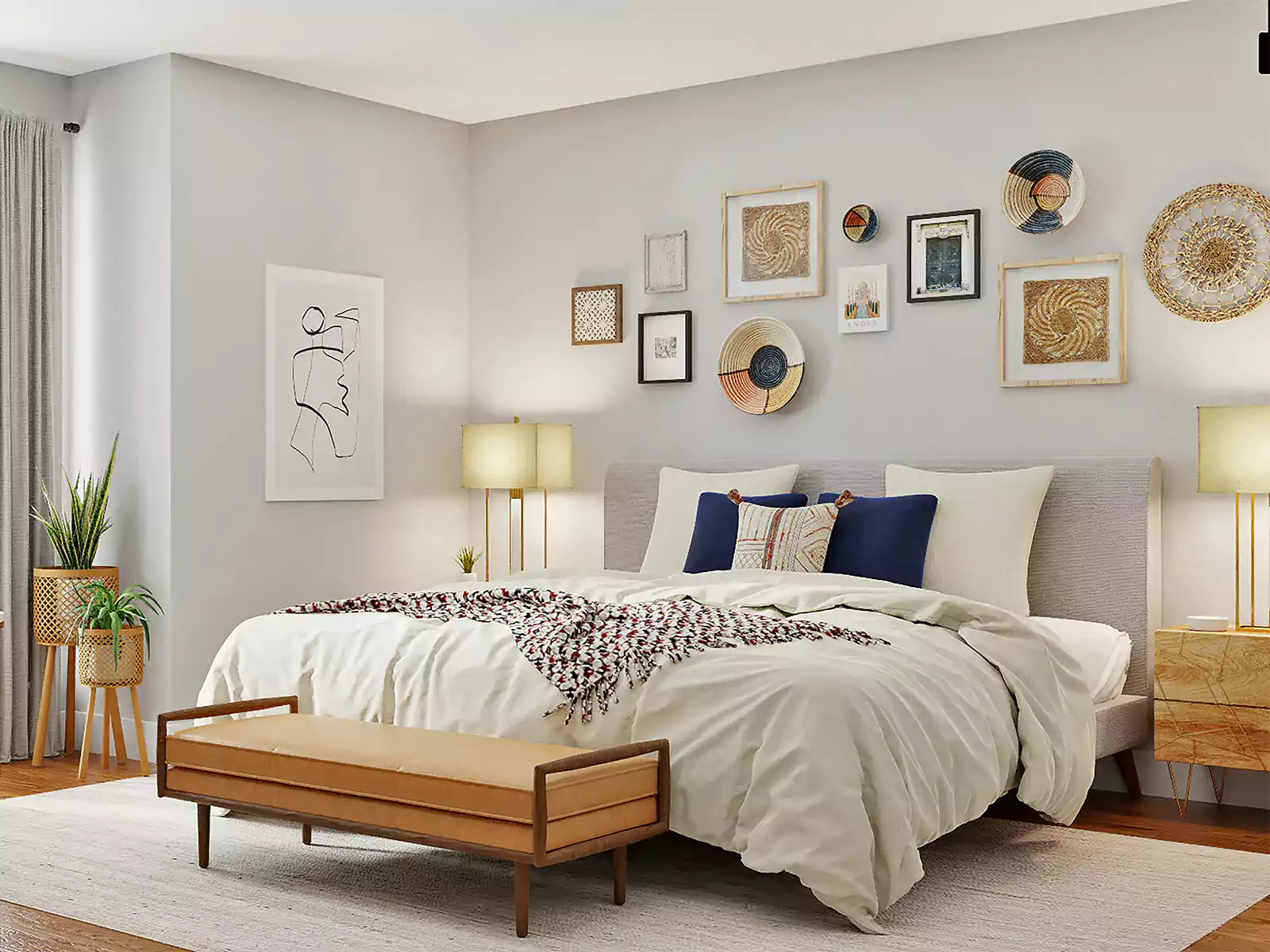

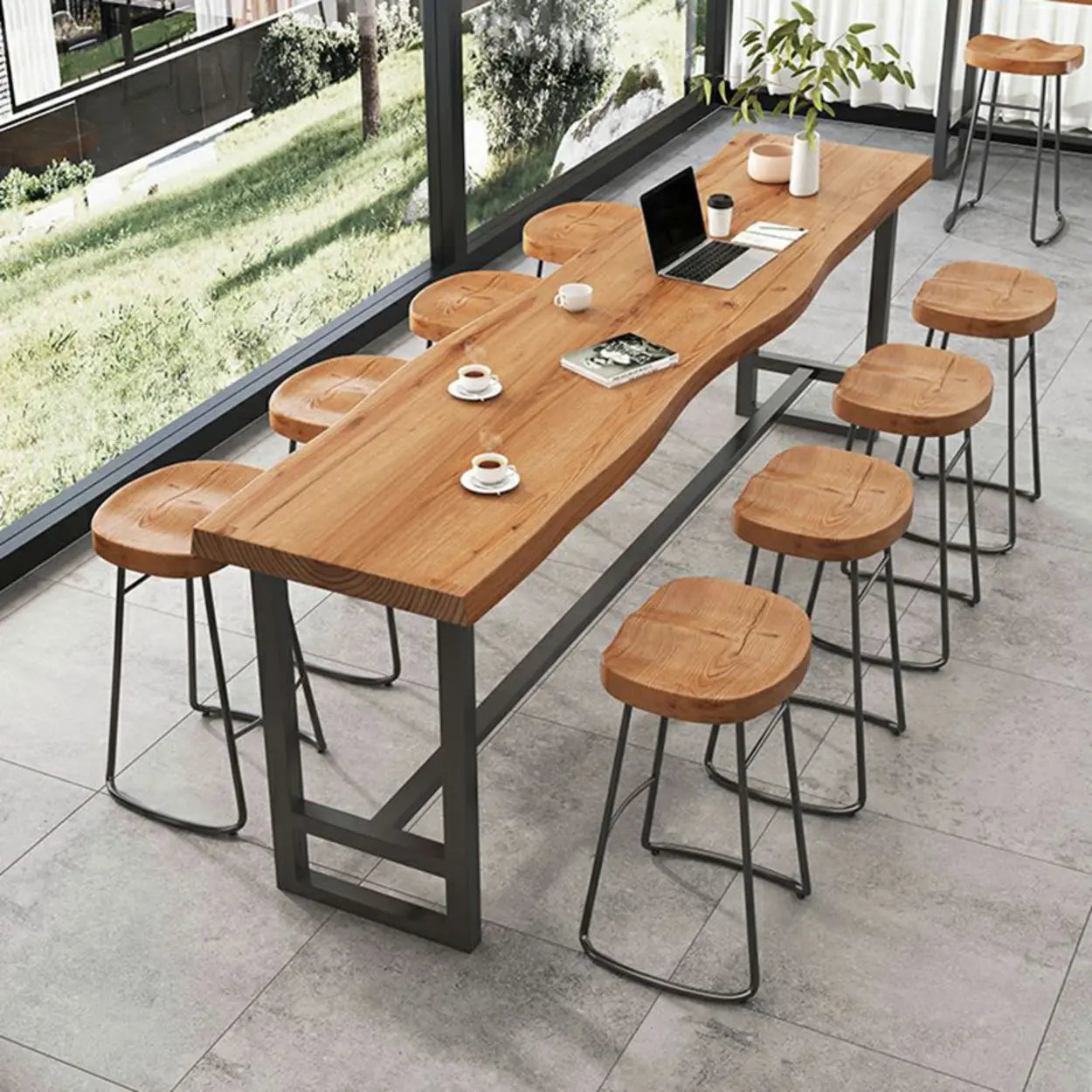
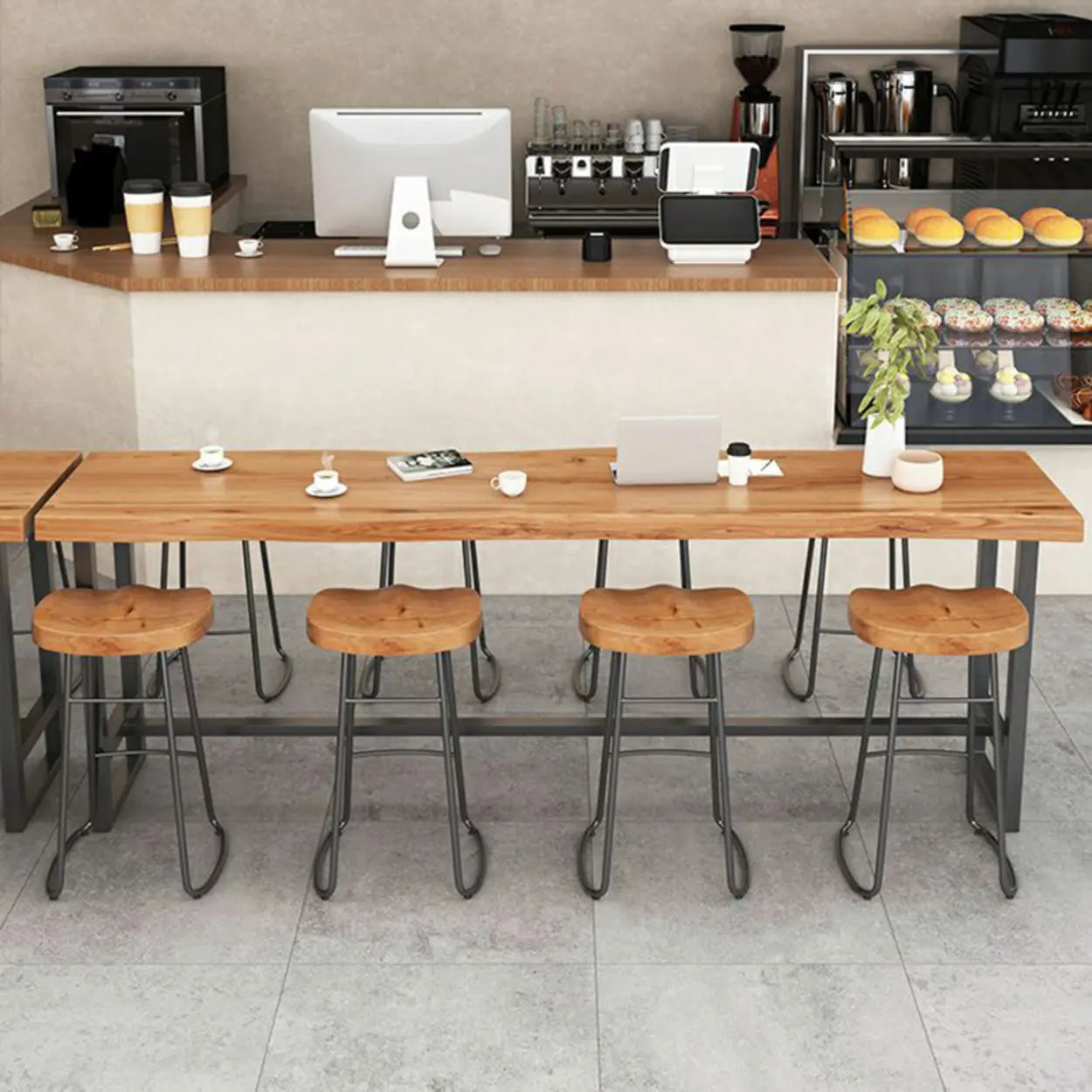
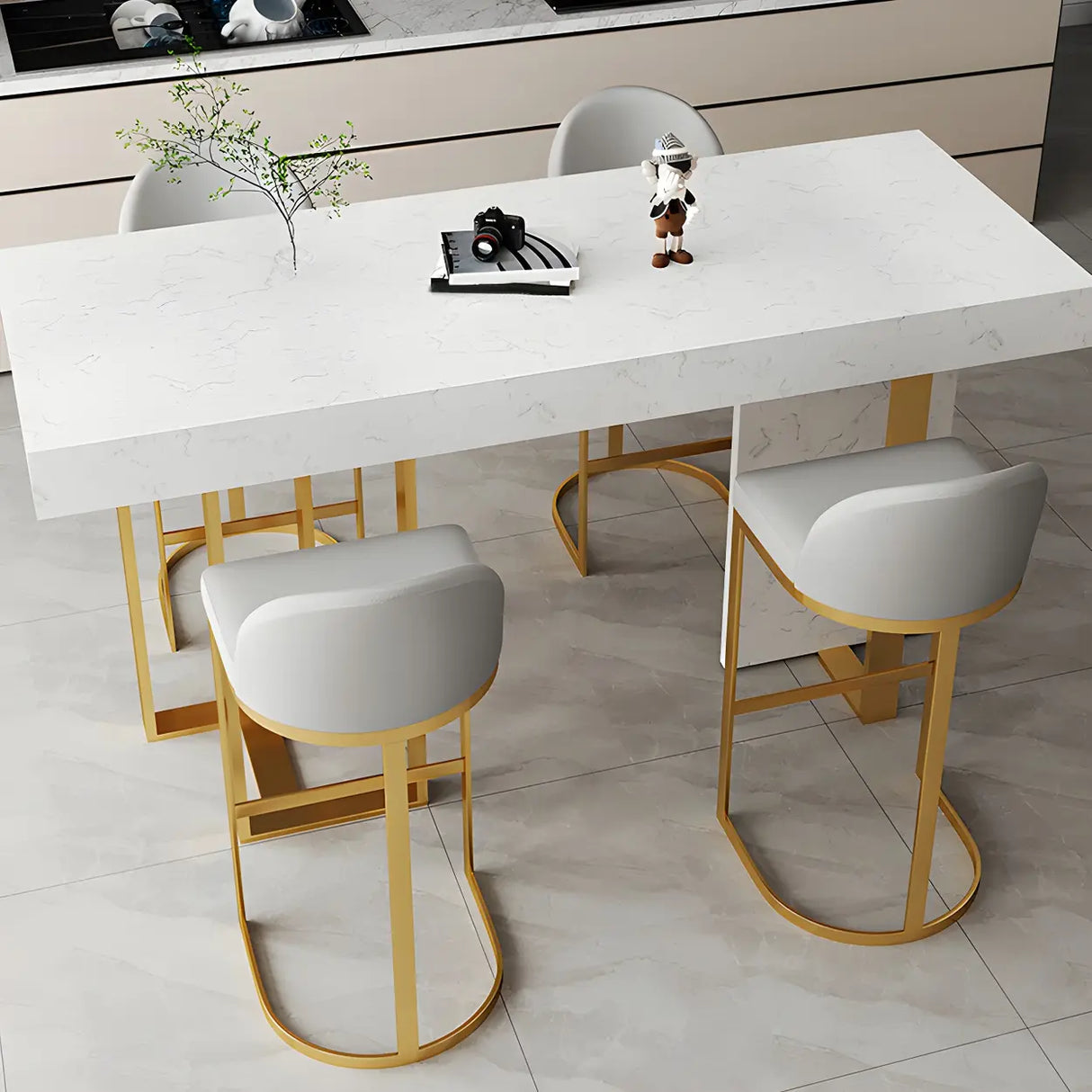
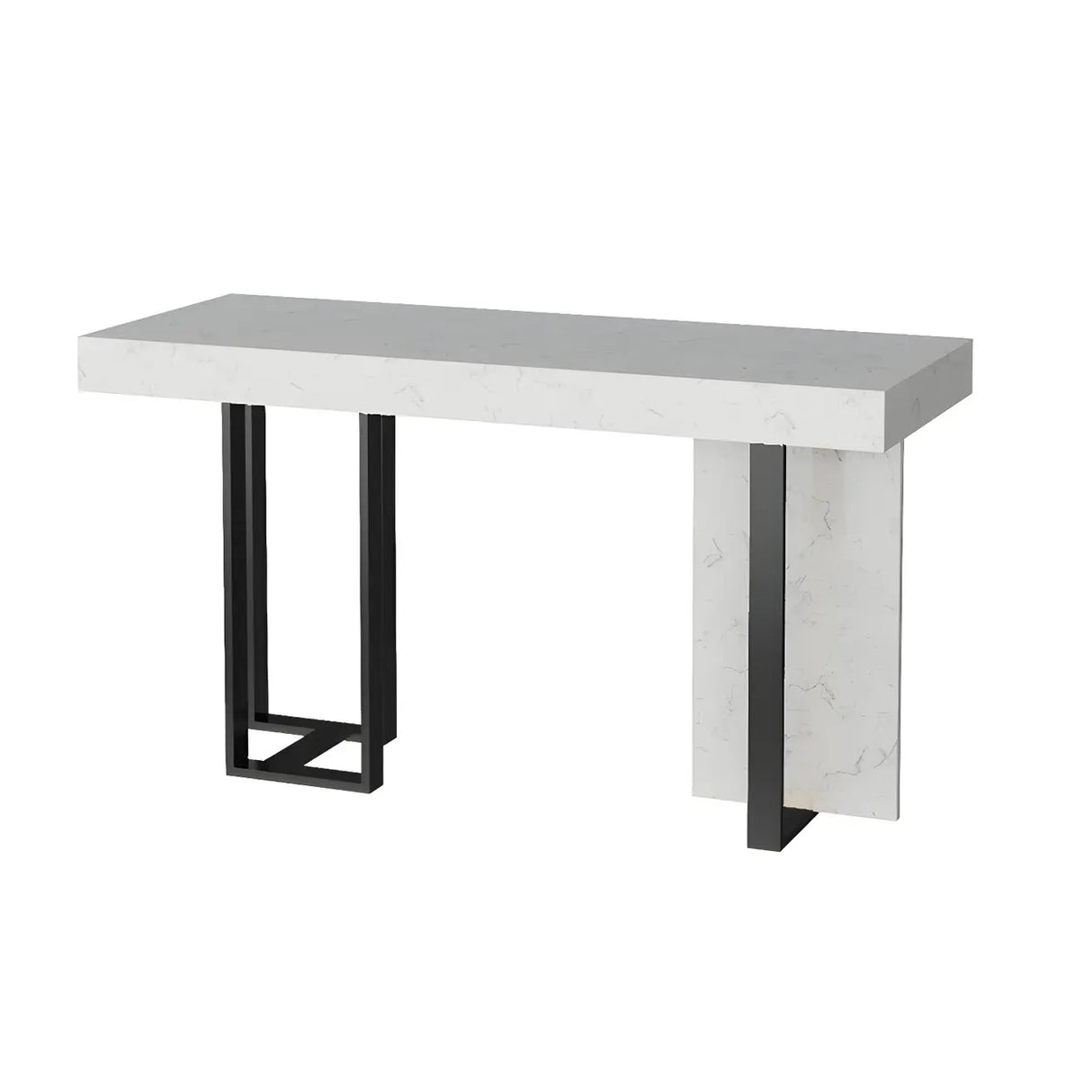
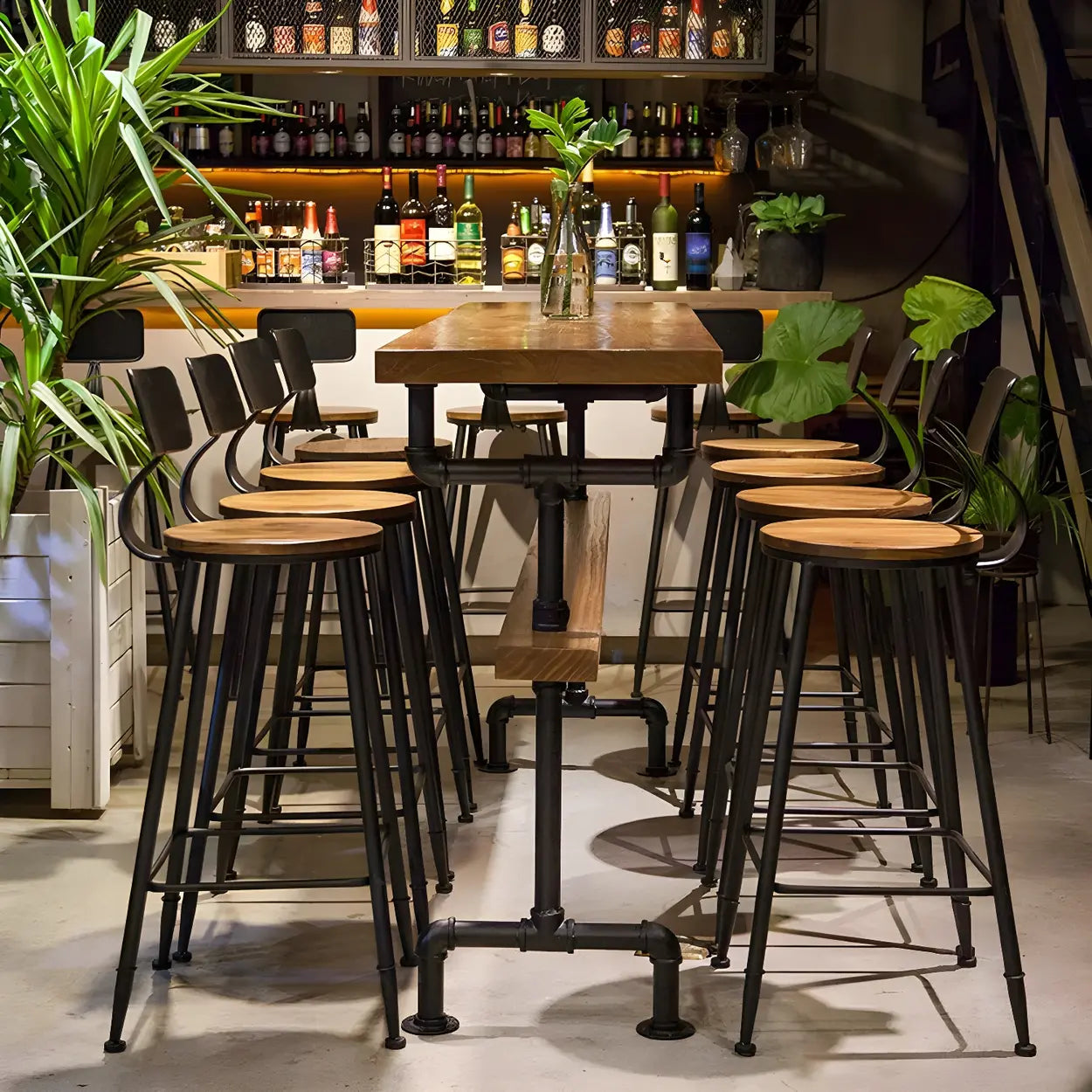
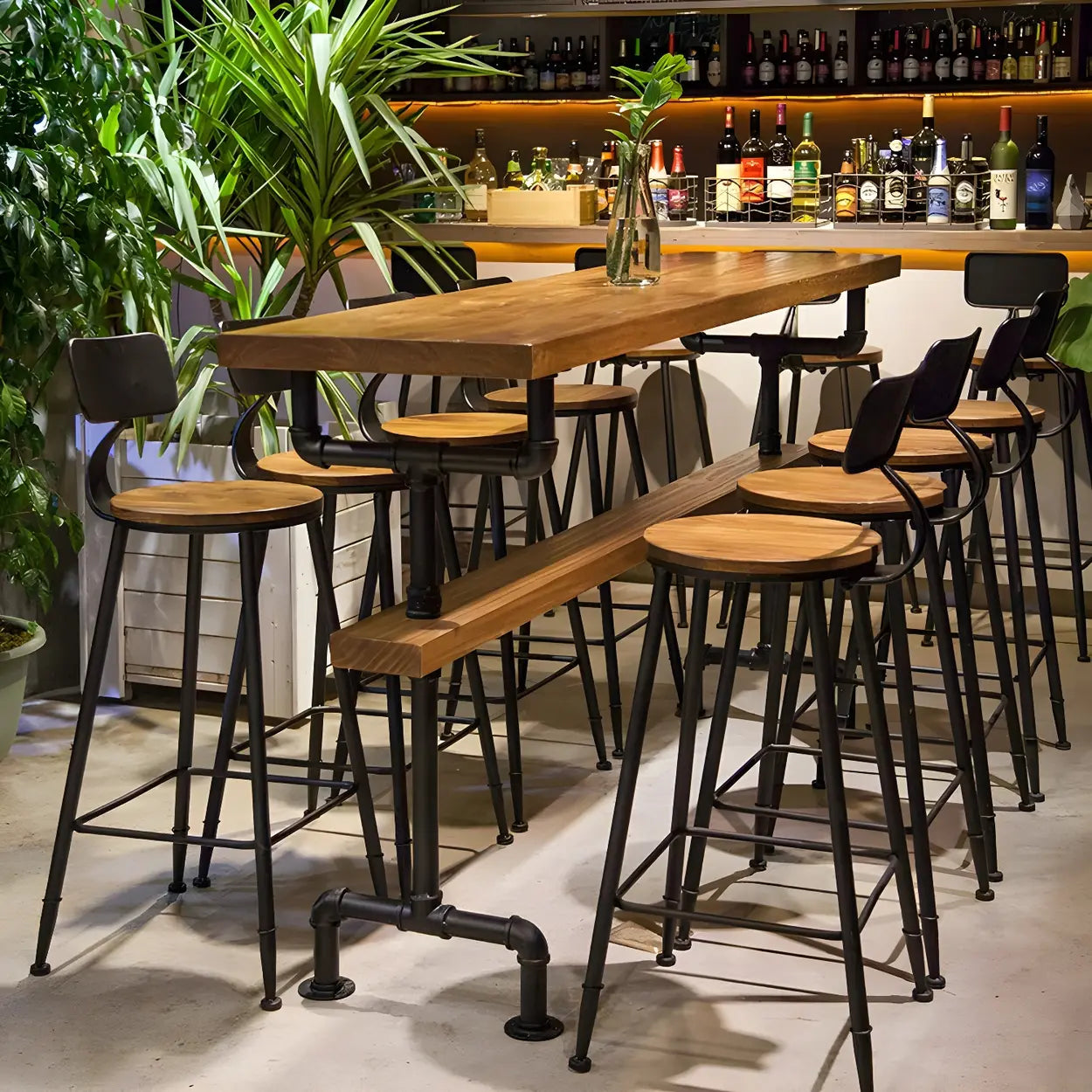
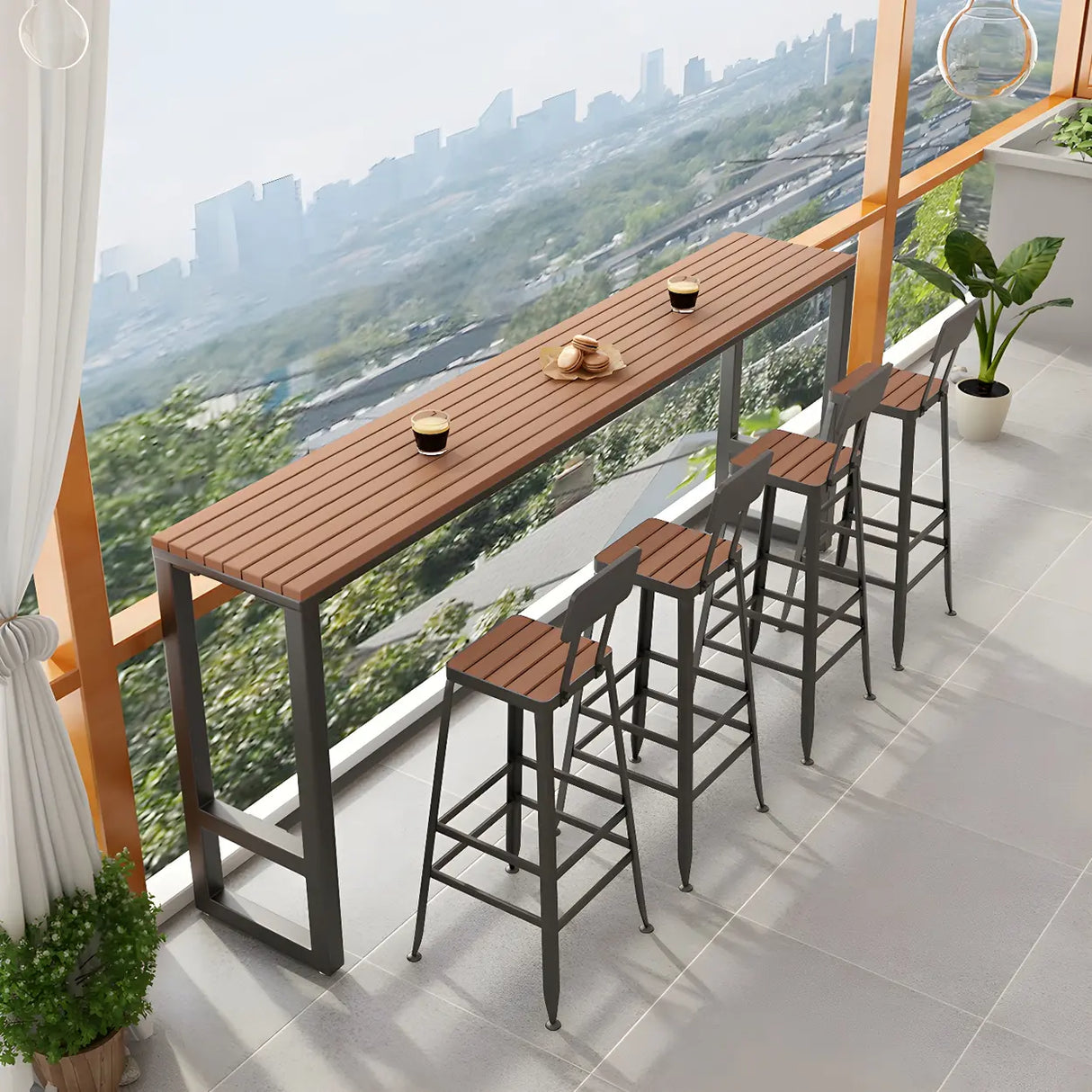
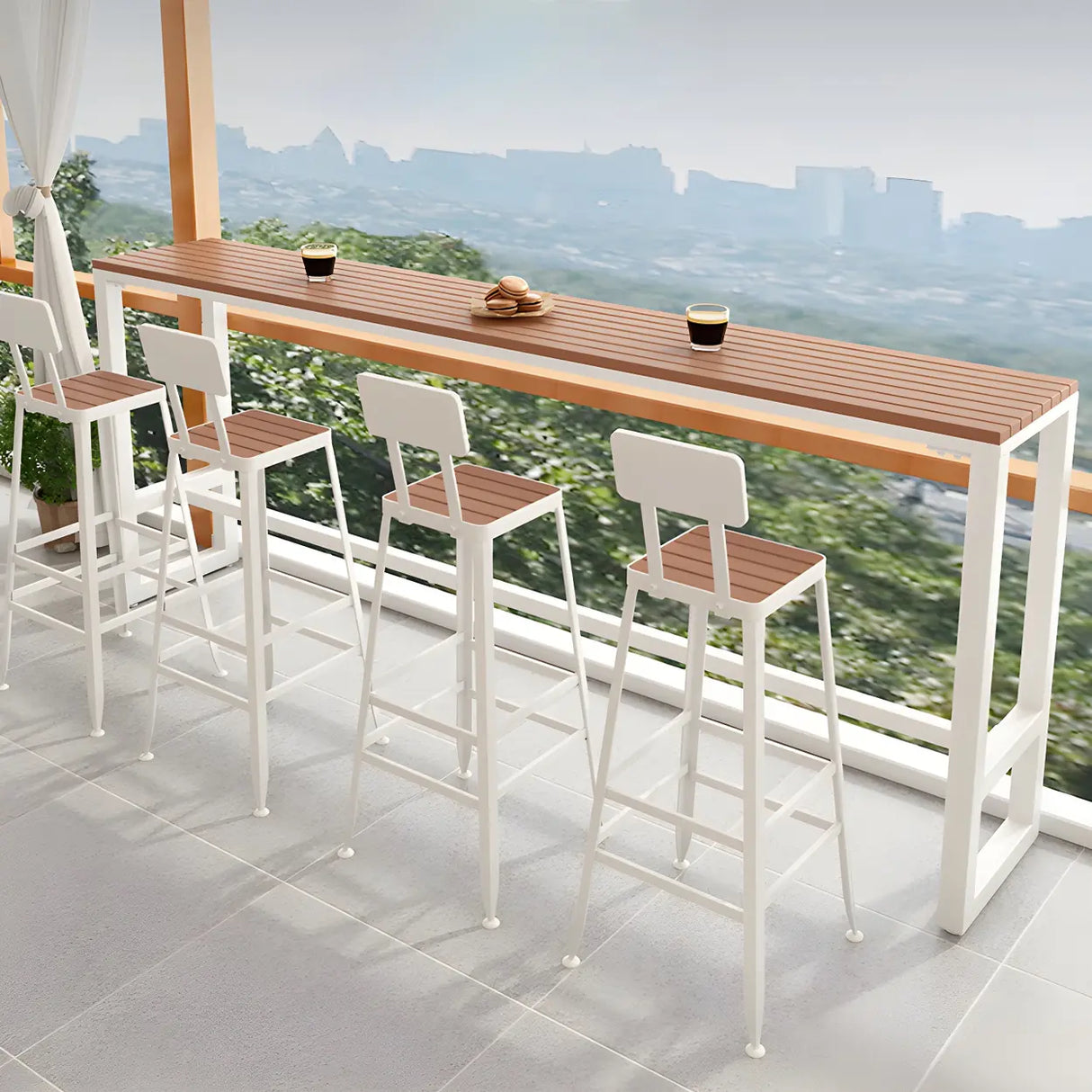
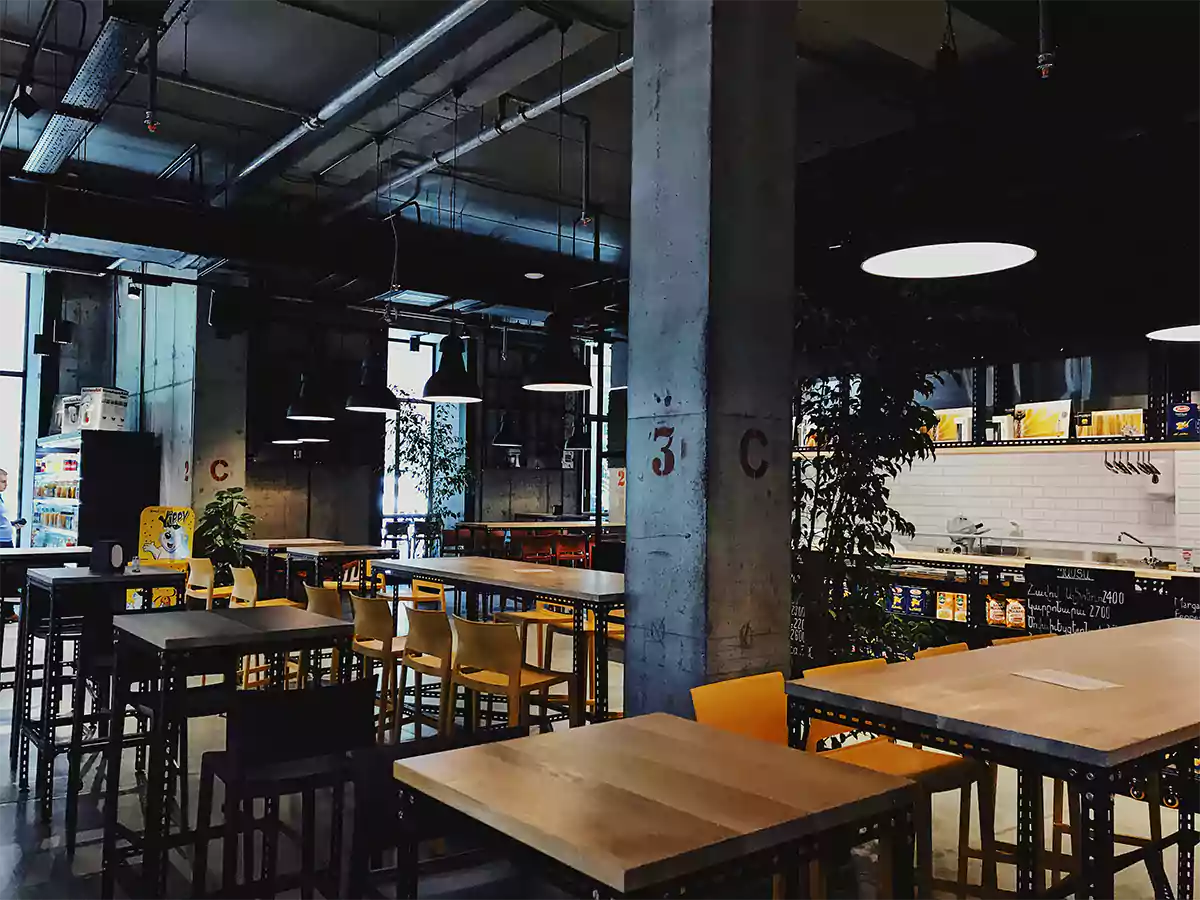
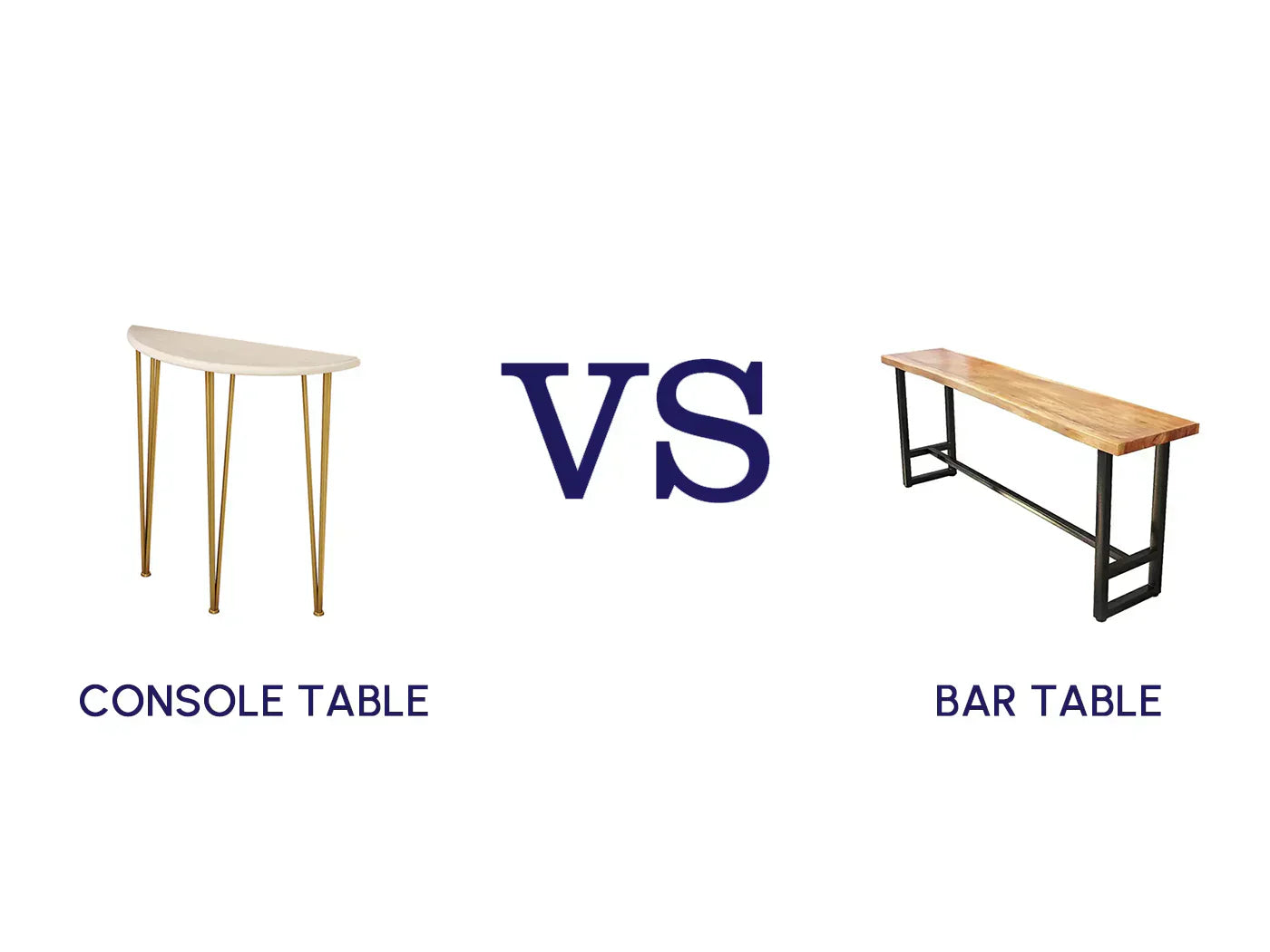
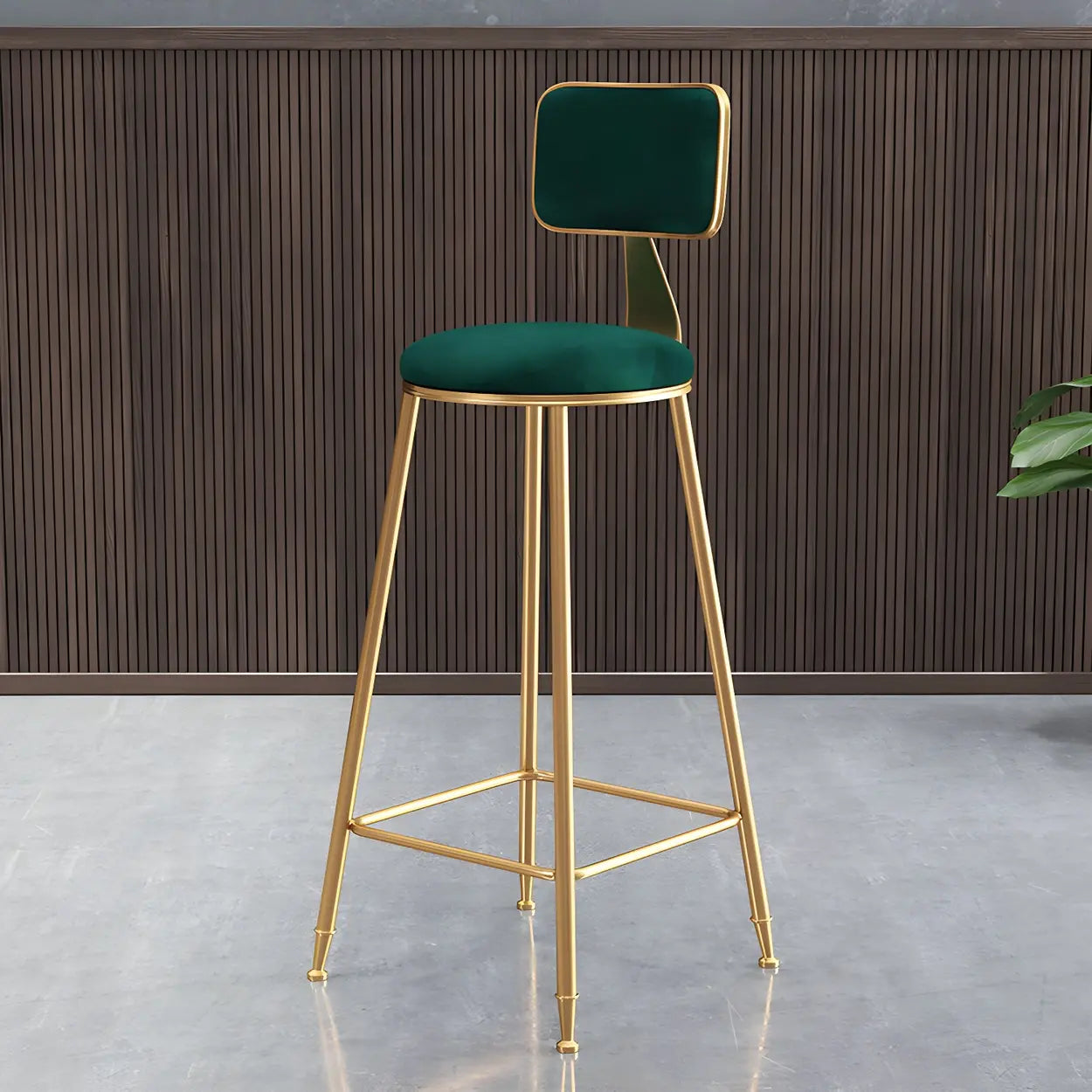
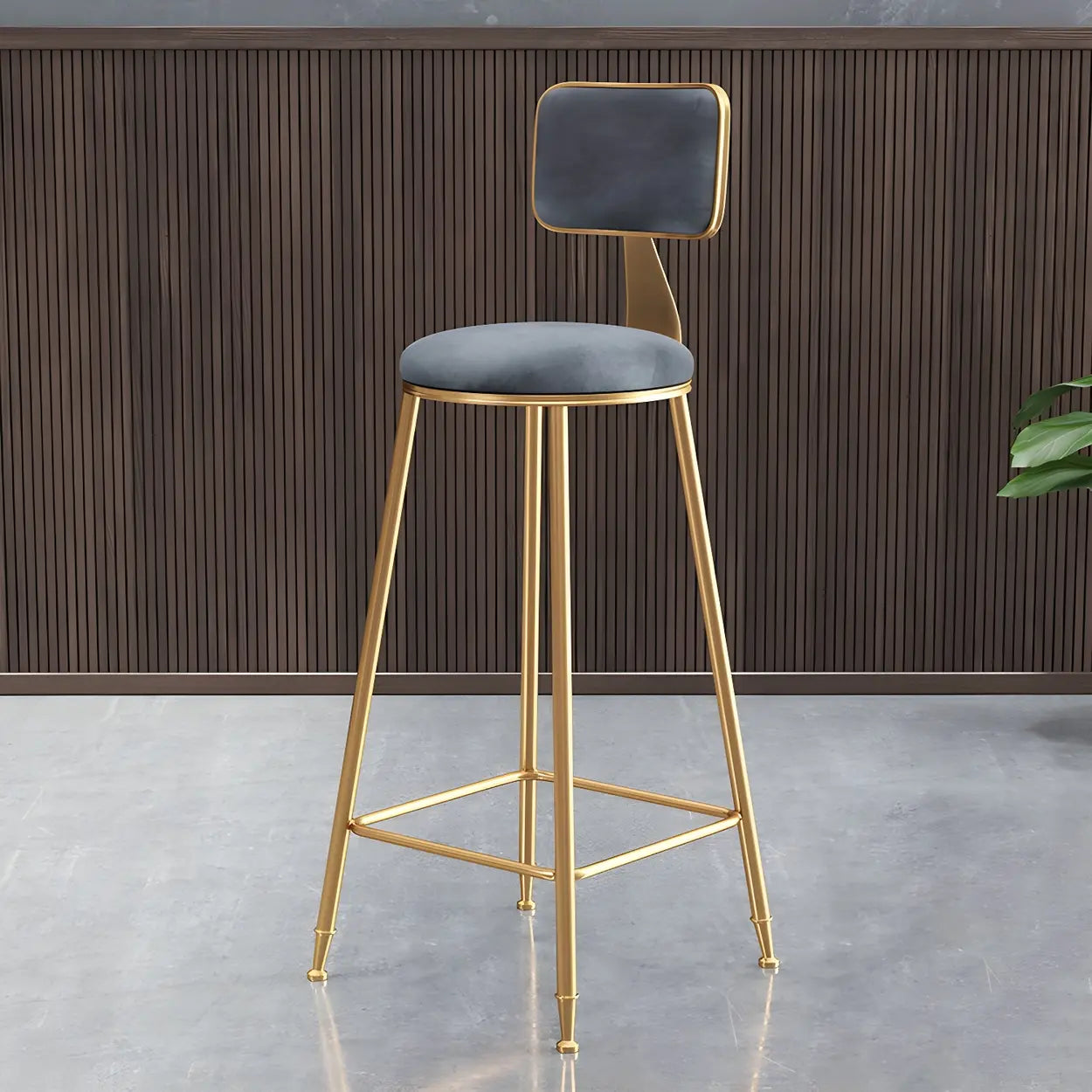


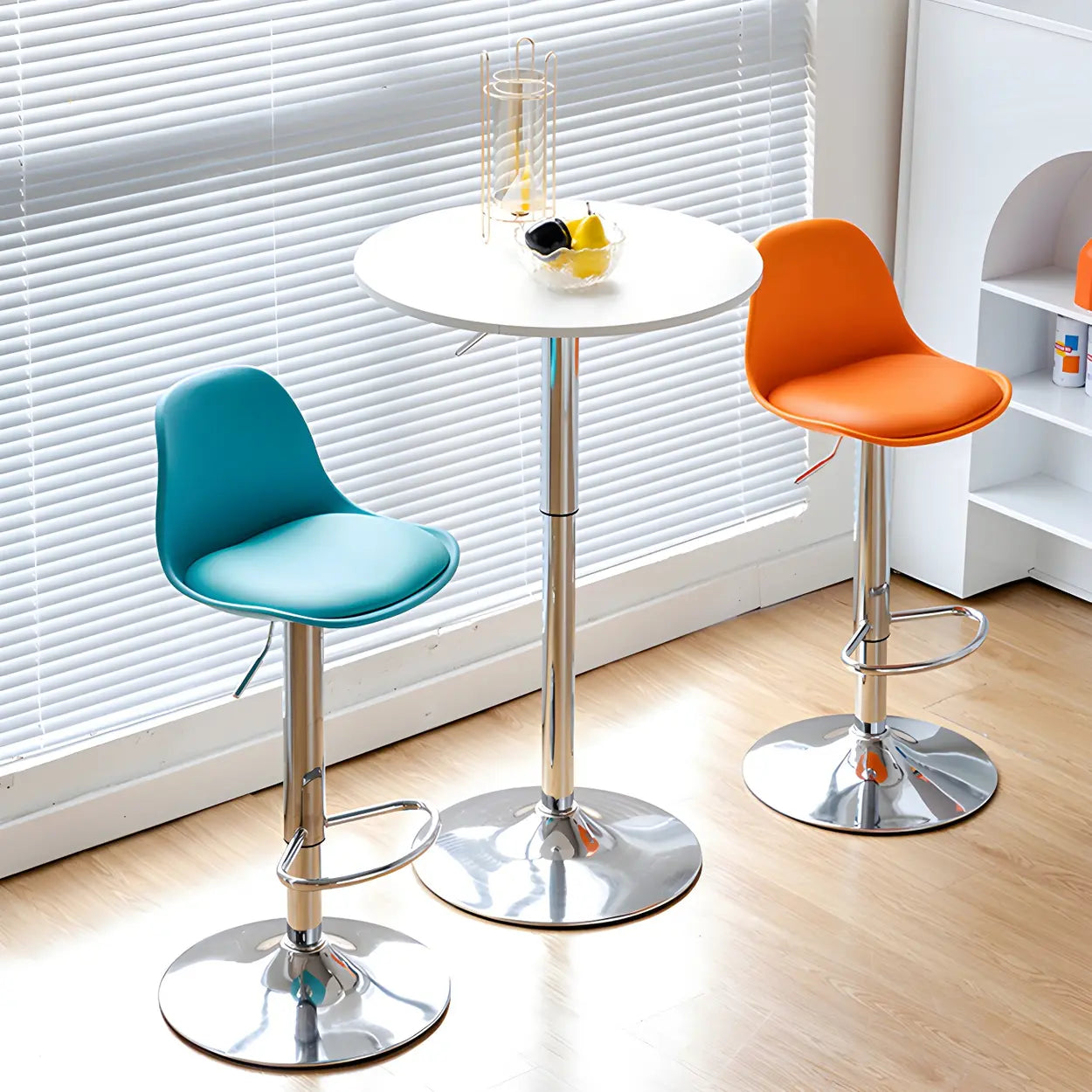
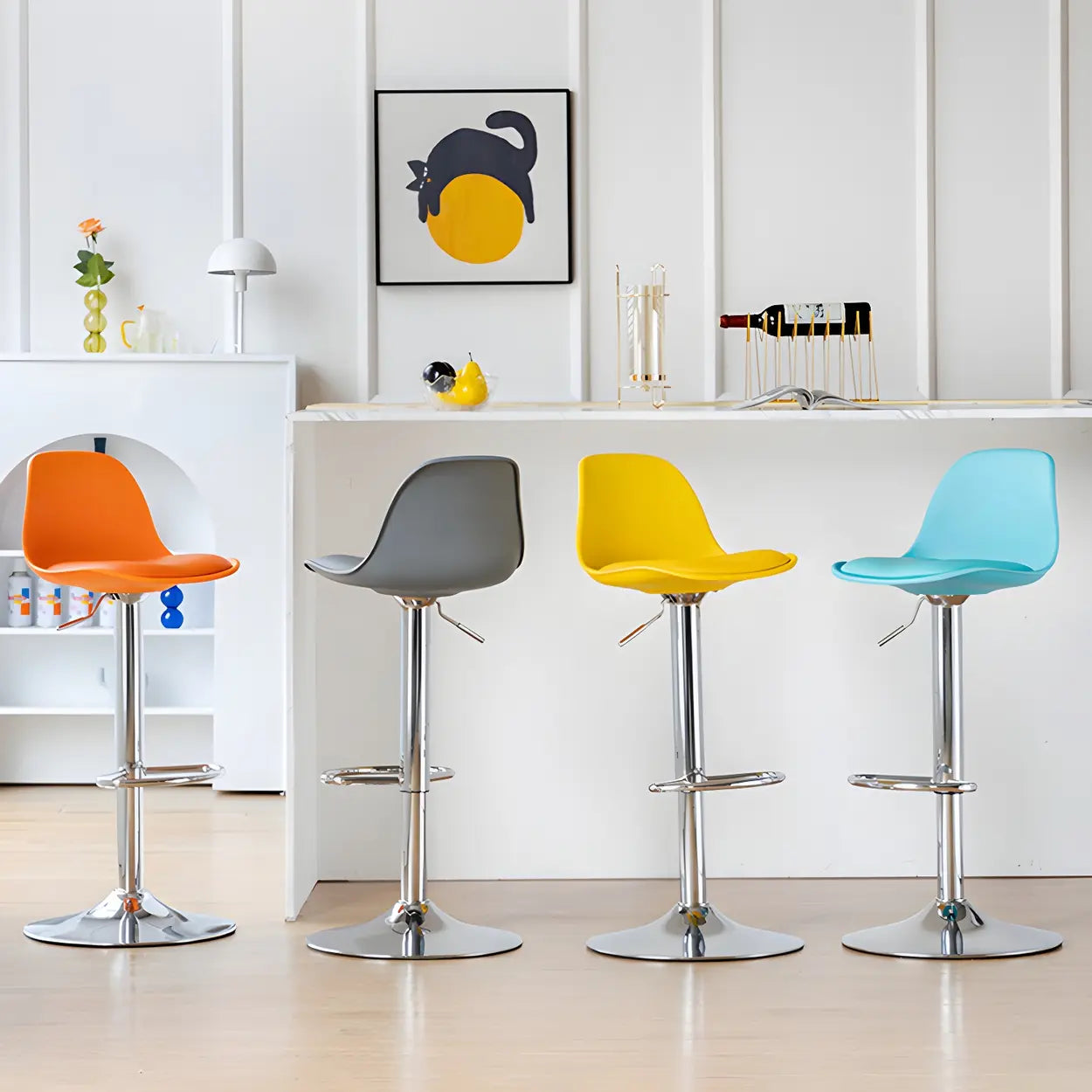
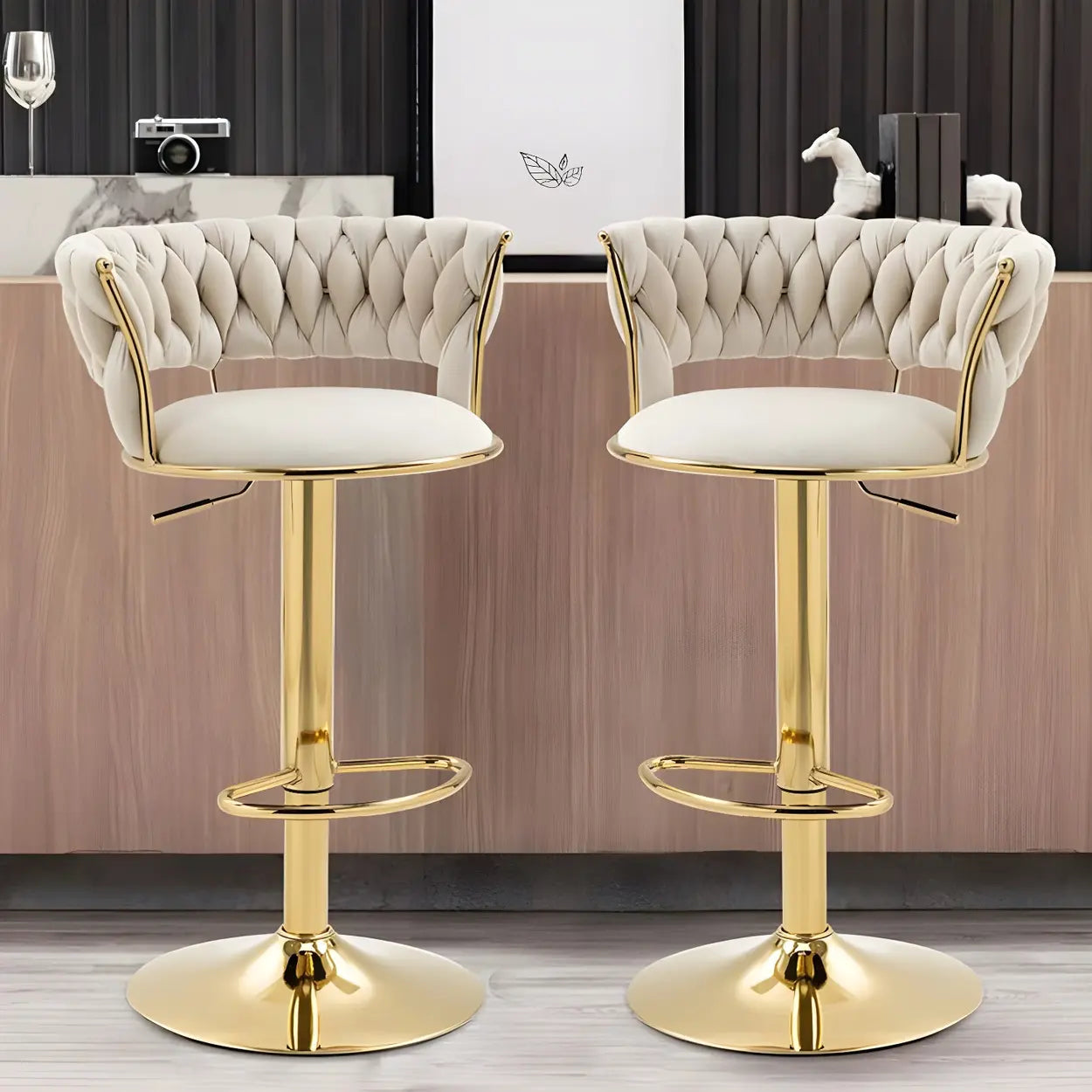
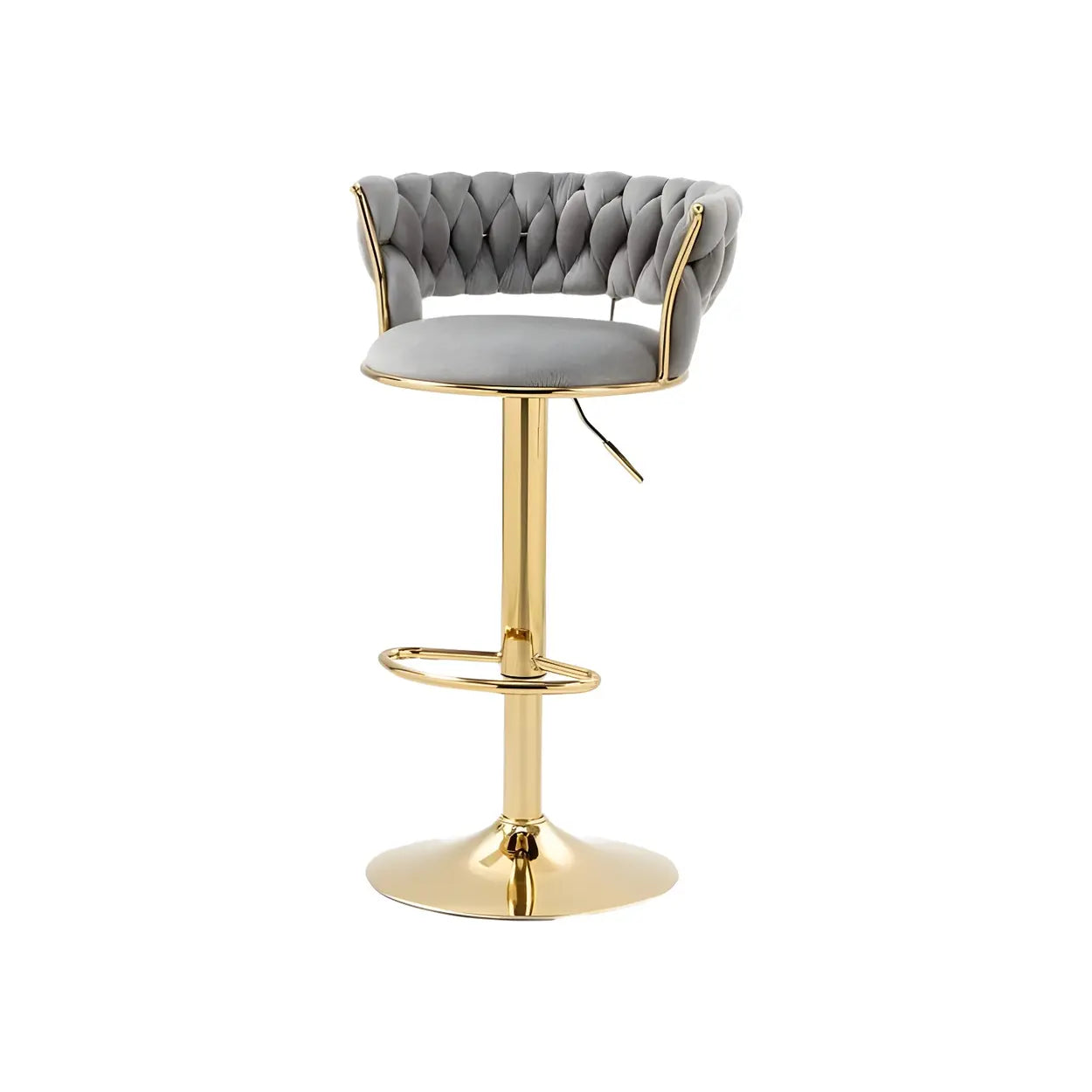


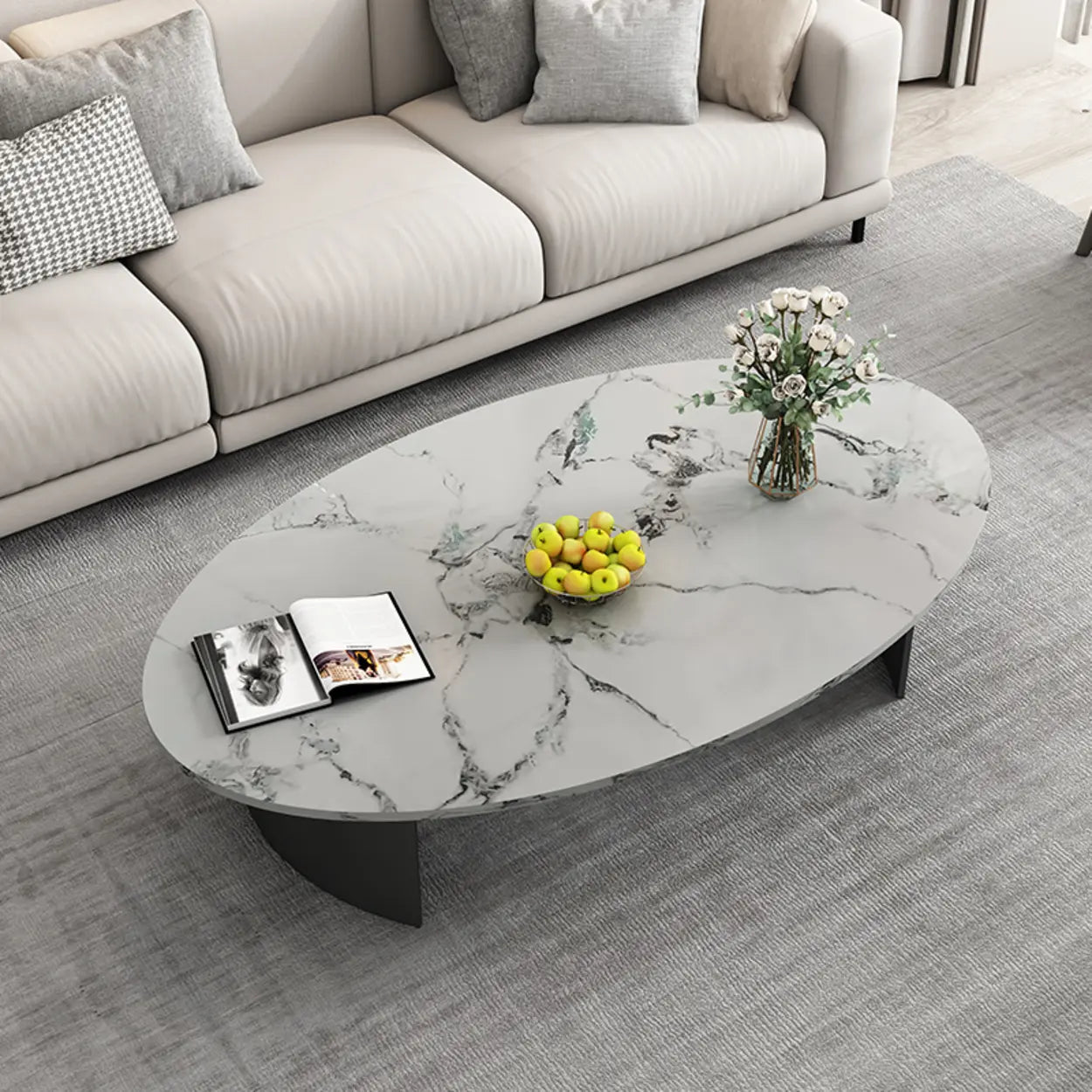
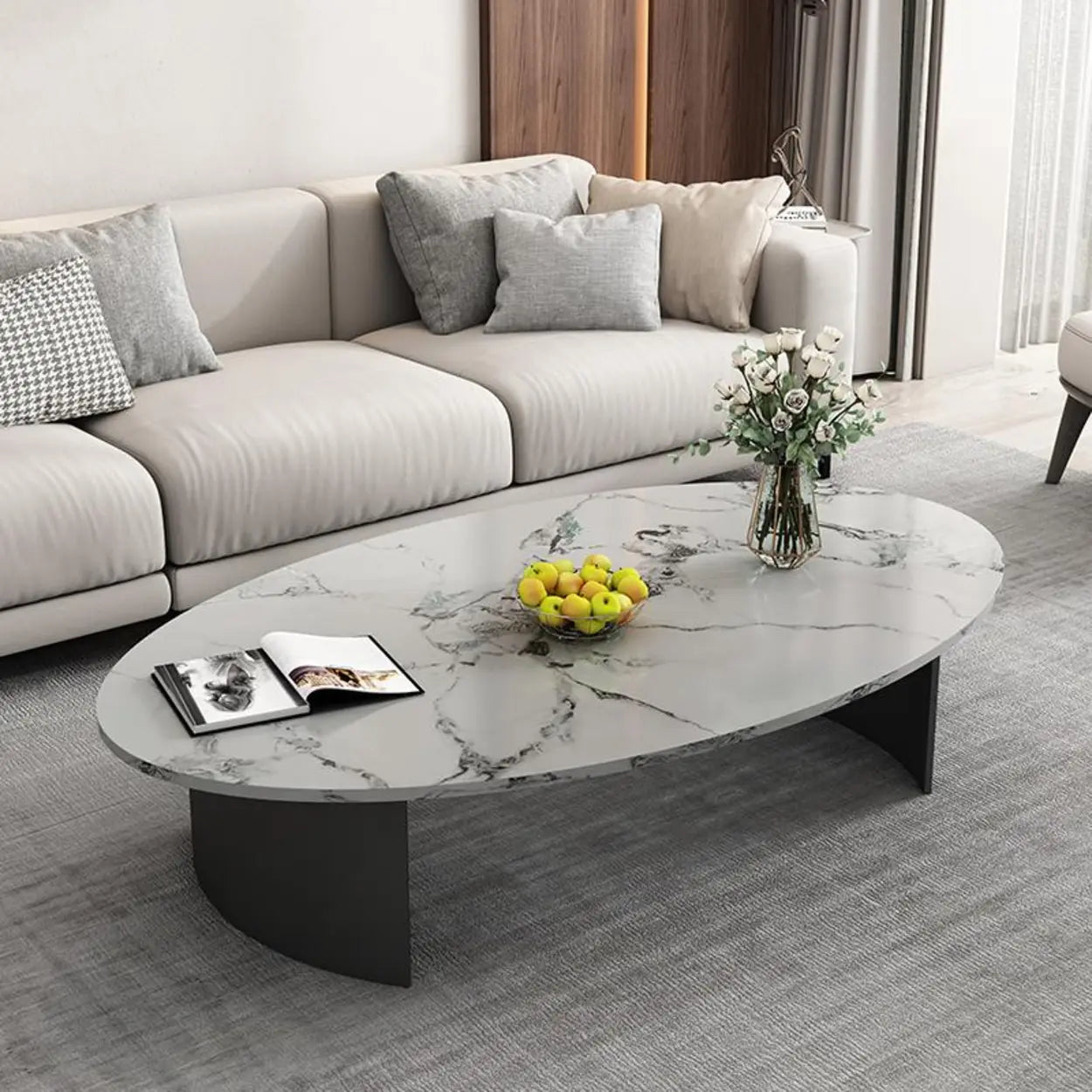
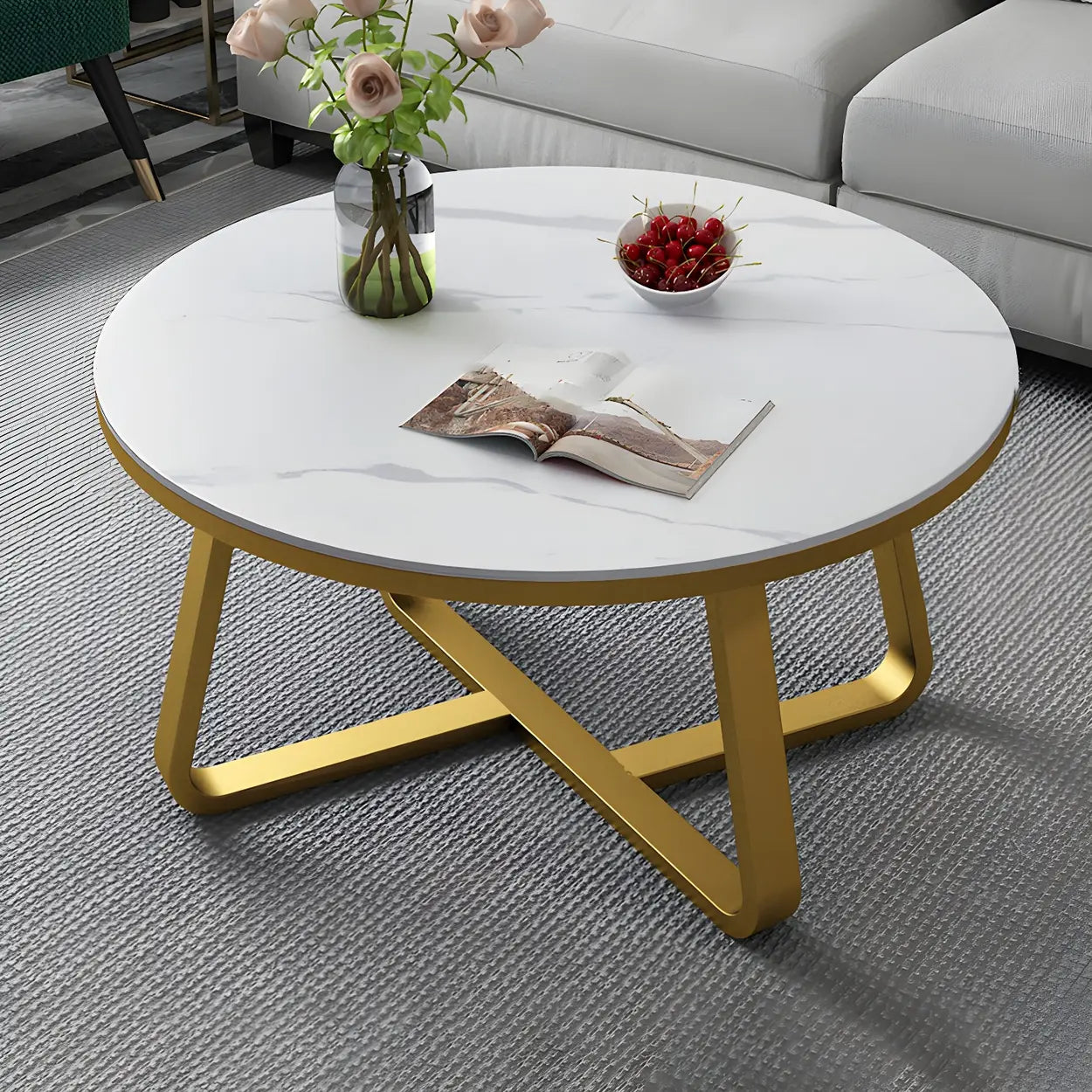
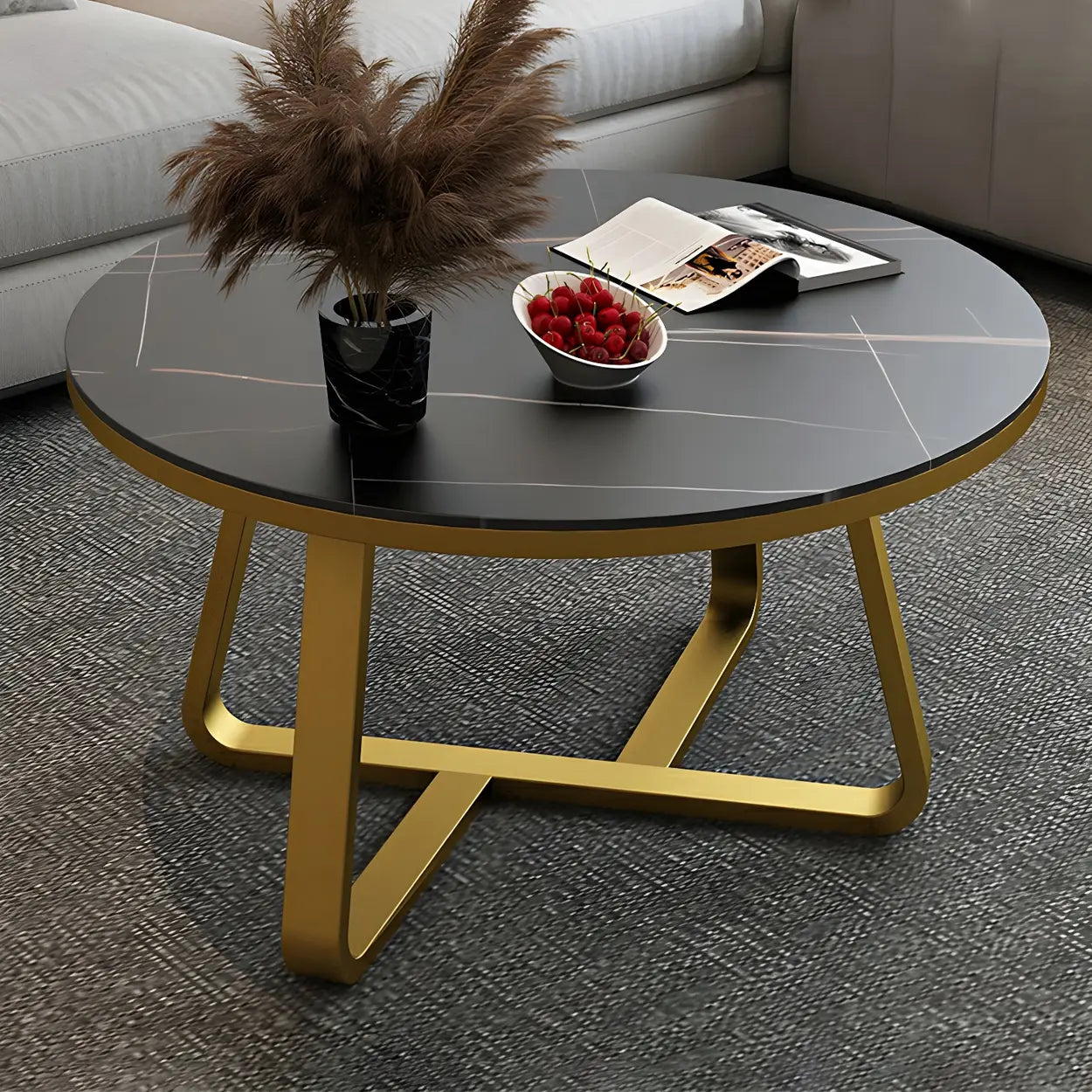
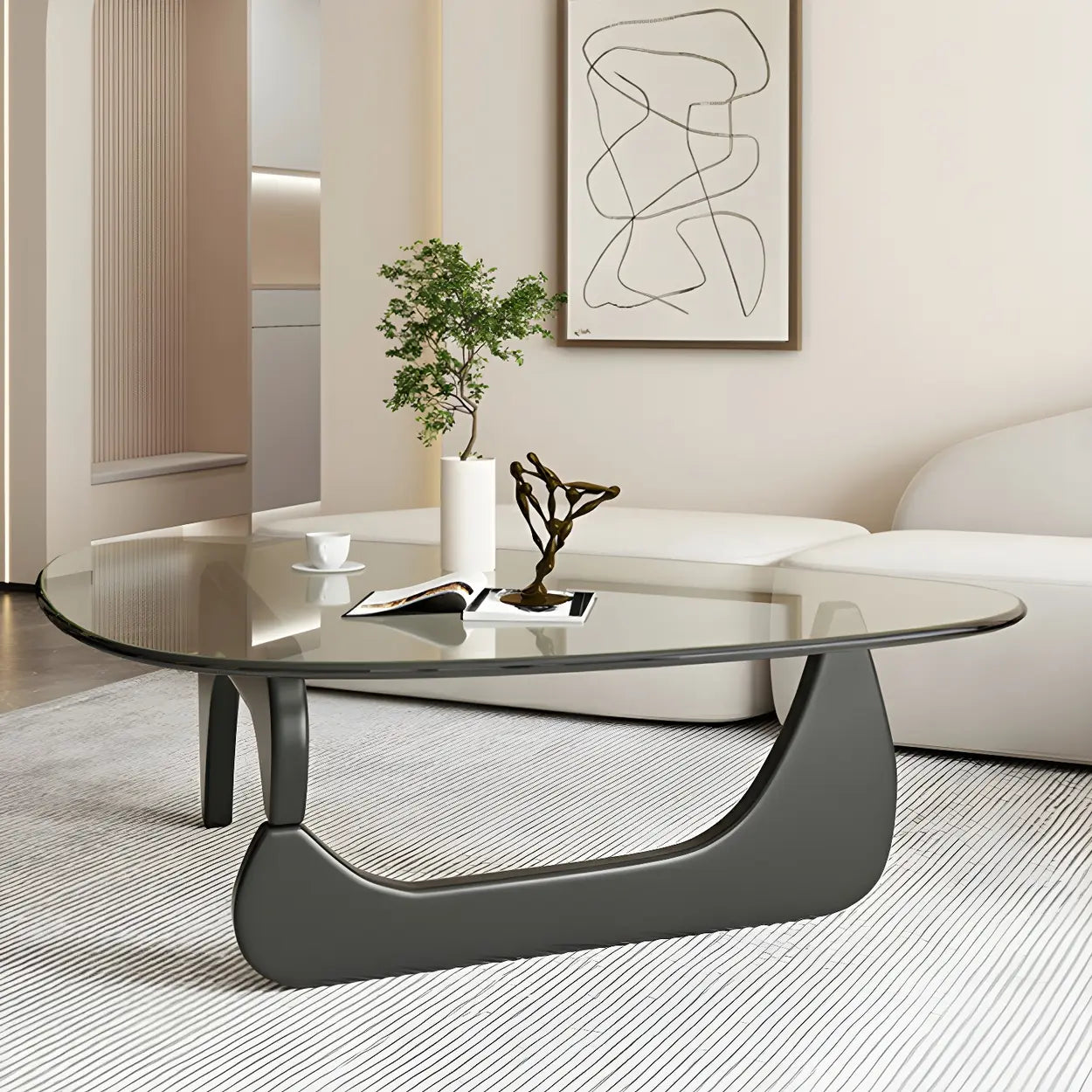
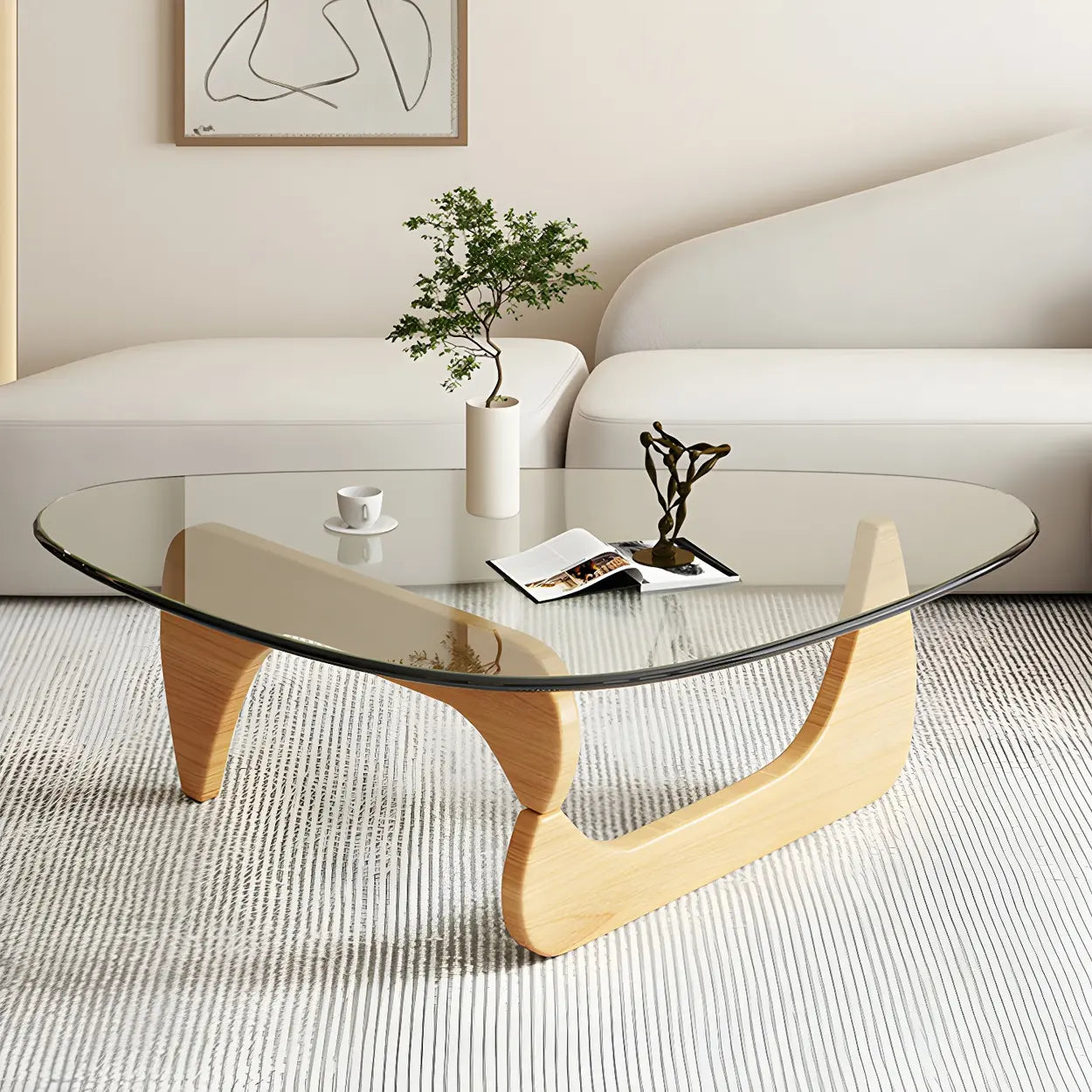
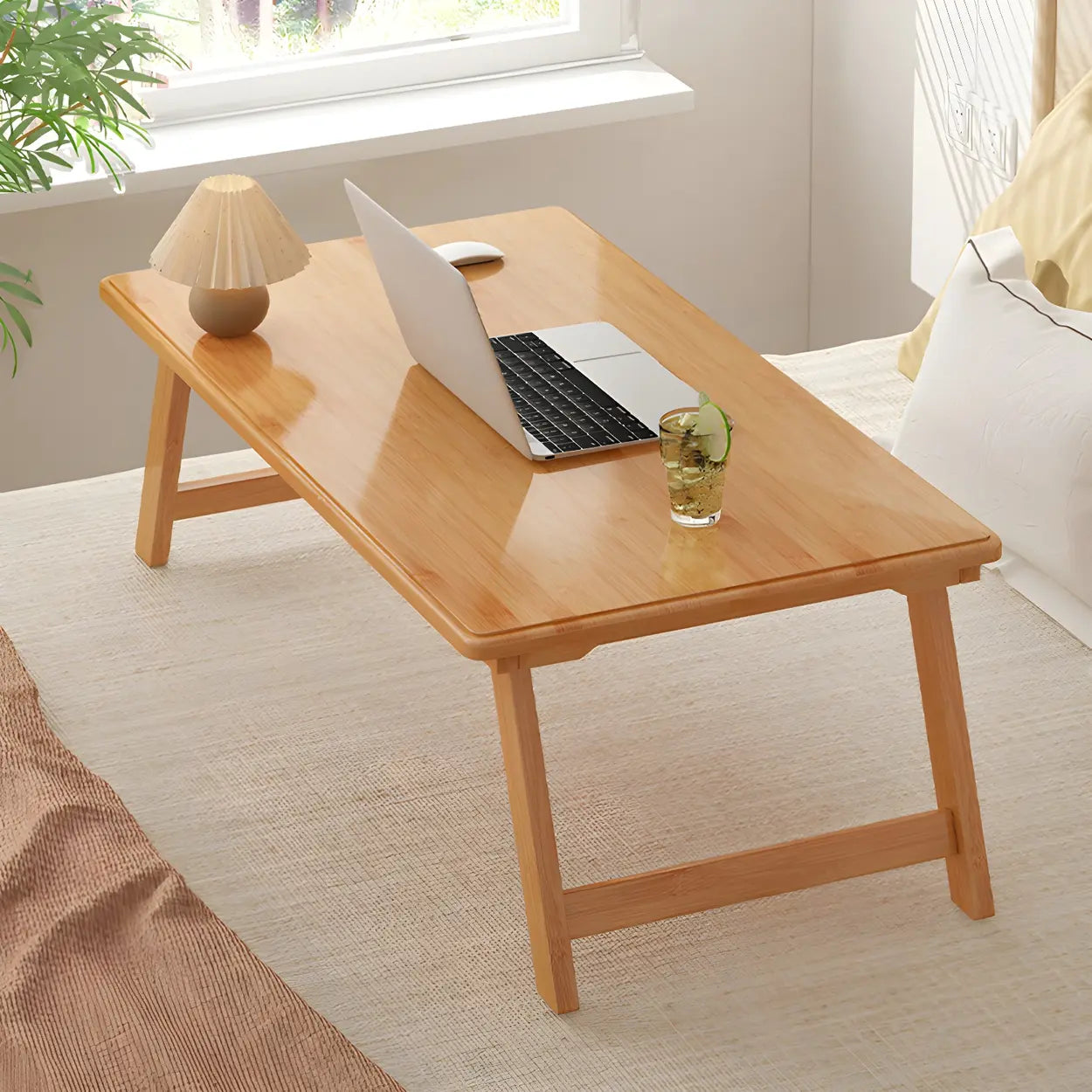


![How to Choose the Coffee Table Height? [2025 Newest Guide]](http://www.homebaa.com/cdn/shop/articles/coffee-table-height.webp?v=1749523259)
